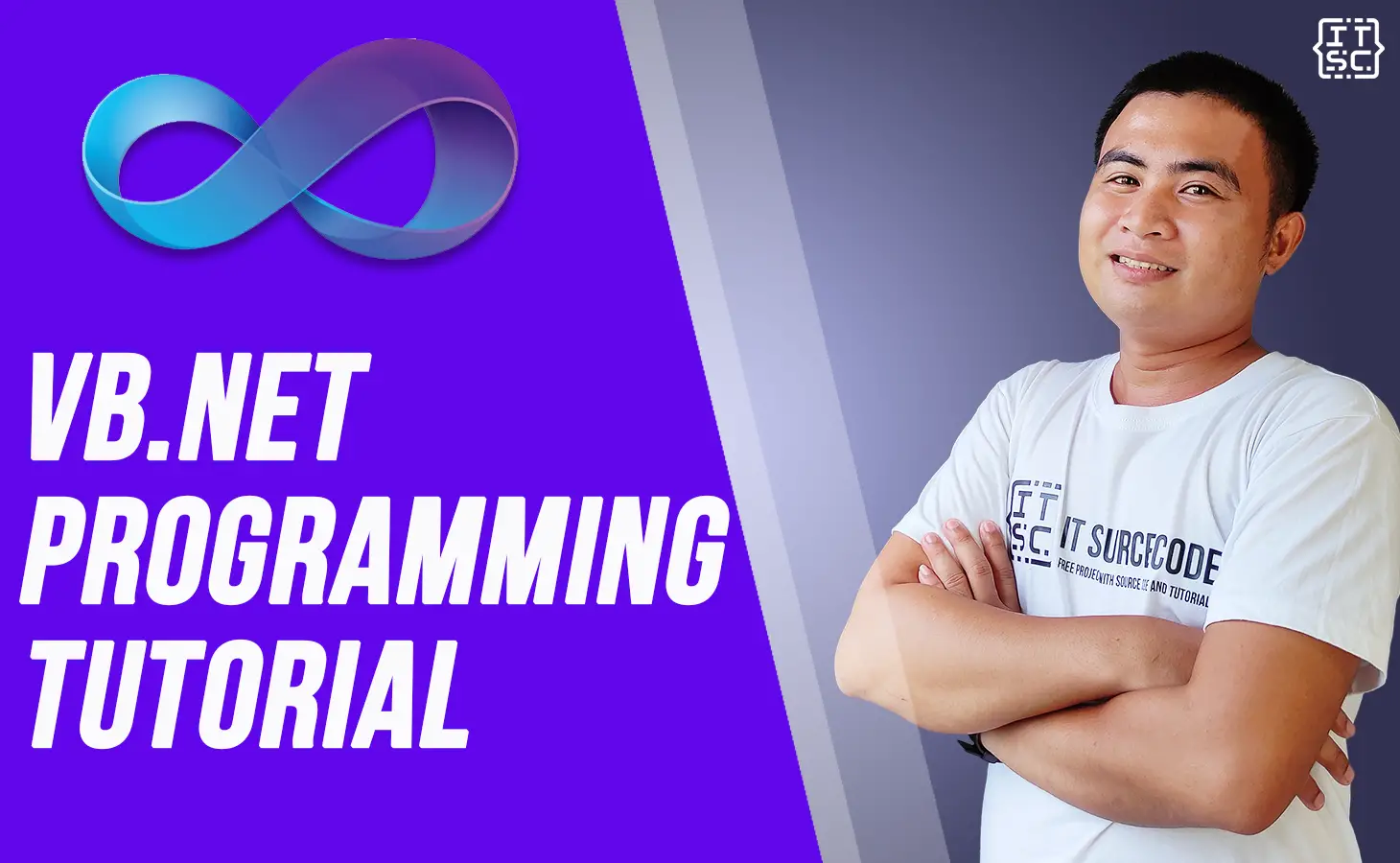What is VB.net?
The VB.NET stands for Visual Basic. Network Enabled Technologies.
It is a simple, high-level, object-oriented programming language developed by Microsoft in 2002.
It is a successor of Visual Basic 6.0, which is implemented on the Microsoft .NET framework.
Furthermore, it supports the OOPs concept, such as abstraction, encapsulation, inheritance, and polymorphism.
Therefore, everything in the VB.NET language is an object, including all primitive data types (Integer, String, char, long, short, Boolean, etc.), user-defined data types, events, and all objects that inherit from its base class.
It is not a case-sensitive language, whereas, C++, Java, and C# are case-sensitive languages.
Applications built using the VB.NET language are very reliable and scalable, relying on the .NET Framework to access all libraries that help execute a VB.NET program.
With this language, you can develop a fully object-oriented application similar to an application created through another language such as C++, Java, or C#.
In addition, Applications or Programs of VB.NET are not only running on the Windows operating system but can also run on Linux or Mac OS.
The VB.NET language is designed in such a way that any new beginner or novice and advanced programmer can quickly develop a simple, secure, robust, high-performance of web, windows, console, and mobile application running on .NET Framework.
The following reasons make VB.net a widely used professional language:
- Modern, general purpose.
- Object-oriented.
- Component oriented.
- Easy to learn.
- Structured language.
- It produces efficient programs.
- It can be compiled on a variety of computer platforms.
- Part of .Net Framework.
VB.net Tutorials For Beginners Features
It is a high-level programming language with several capabilities for developing a secure and resilient application, as we all know.
The features that make it the most popular programming language are as follows.
- It is an object-oriented programming language that follows various oops concepts such as abstraction, encapsulation, inheritance, and many more. It means that everything in VB.NET programming will be treated as an object.
- This language is used to design user interfaces for Windows, mobile, and web-based applications.
- It supports a rapid application development tool kit. In which a developer does not need to write all the codes as it can get various codes automatically from its libraries.
- For example, when we create a form in Visual Basic.net, it automatically calls events of various forms in that class.
- It is not a case-sensitive language like other languages such as C++, java, etc.
- It supports Boolean conditions for decision-making in programming.
- It also supports the multithreading concept, in which you can do multiple tasks at the same time.
- It provides simple events management in a .NET application.
- A Window Form enables us to inherit all existing functionality of the form that can be used to create a new form. So, in this way, it reduced the code complexity.
- It uses an external object as a reference that can be used in a VB.NET application.
- Automatic initialized garbage collection.
- It follows a structured and extensible programming language for error detection and recovery.
- Conditional compilation and easy-to-use generic classes.
- It is useful to develop web, Windows, and mobile applications.
Audience
This lesson is designed to assist novices in learning the fundamentals of VB.net programming.
After completing this tutorial, you will have a moderate degree of Vb.net programming expertise, from which you can progress to the next level.
Learn Latest Tutorials for VB.net
Here’s the latest tutorial for vb.net which provides an example program for beginners who want to learn programming, especially vb.net programming.
.NET Framework Visual Basic Programming Tutorial
It is a virtual machine that provides a common platform to run an application that was built using different languages such as C#, VB.NET, Visual Basic, etc.
It is also used to create form-based, console-based, mobile, and web-based applications or services that are available in the Microsoft environment.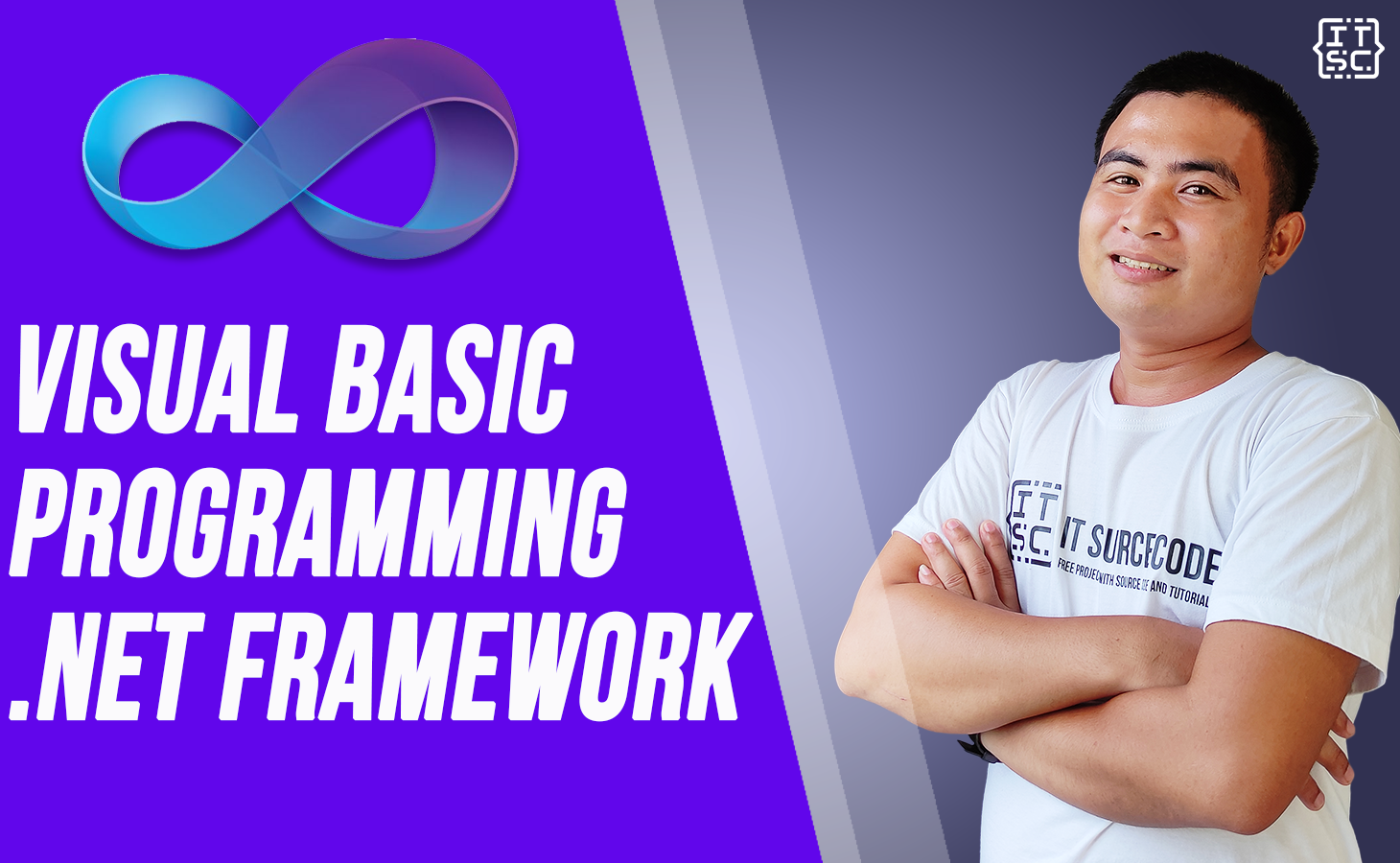
VB.net Program Structure Example
A VB.net Program Structure is constructed using standard components. One or more projects make up a solution.
One or more assemblies can be found within a project. Each assembly is made up of several source files.
A source file contains all of your code and contains the definition and implementation of classes, structures, modules, and interfaces.
VB.net Basic Syntax
Visual Basic has a very simple programming VB.net Basic Syntax. The language is not case-sensitive, and it is easy even for beginners to start coding.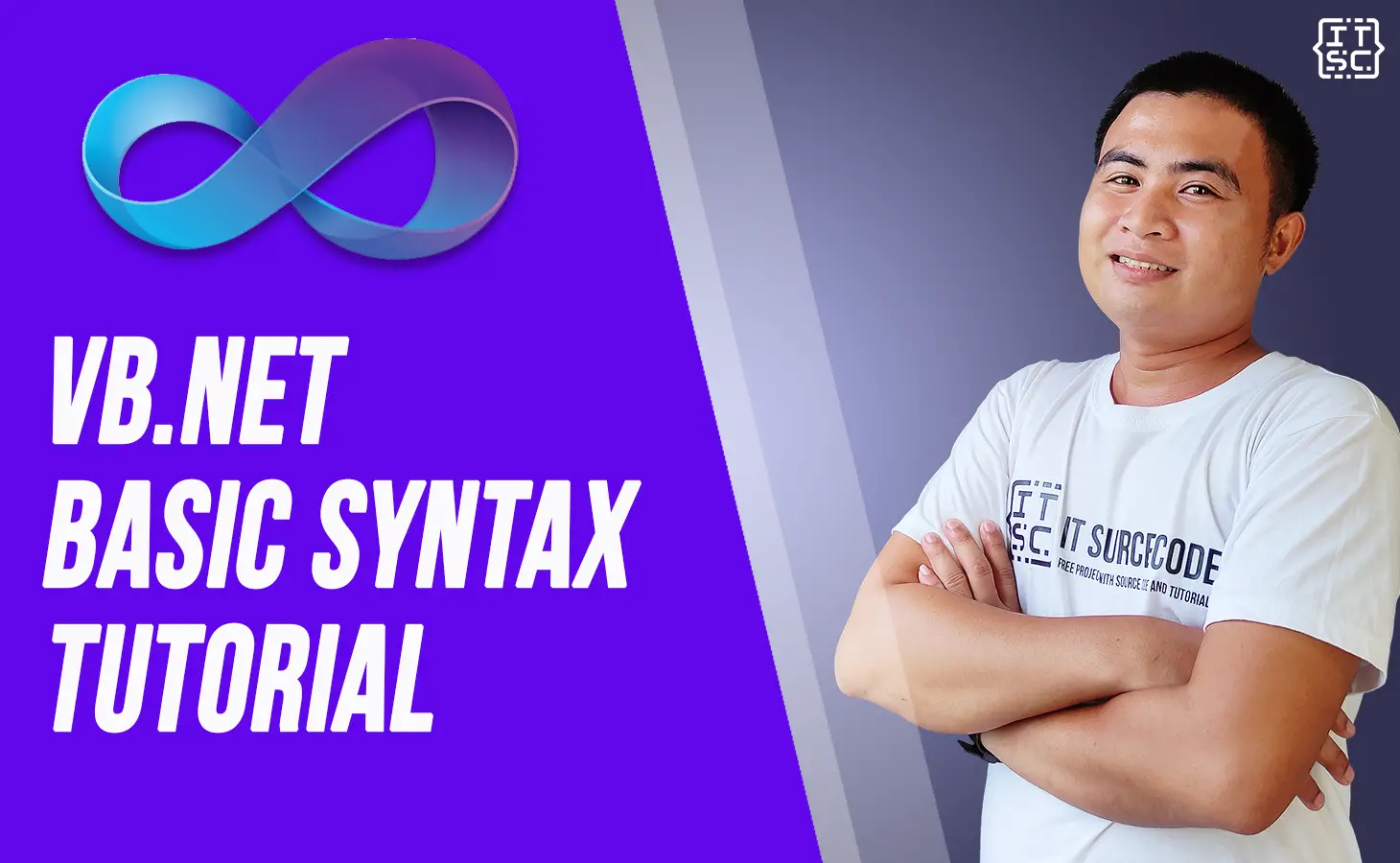
VB.net Data Type with Example – Available Data Types in VB.net
The Data Type in VB.NET is used to specify the type of a variable or function in a program.
Furthermore, the data conversion function is used to convert one data type to another.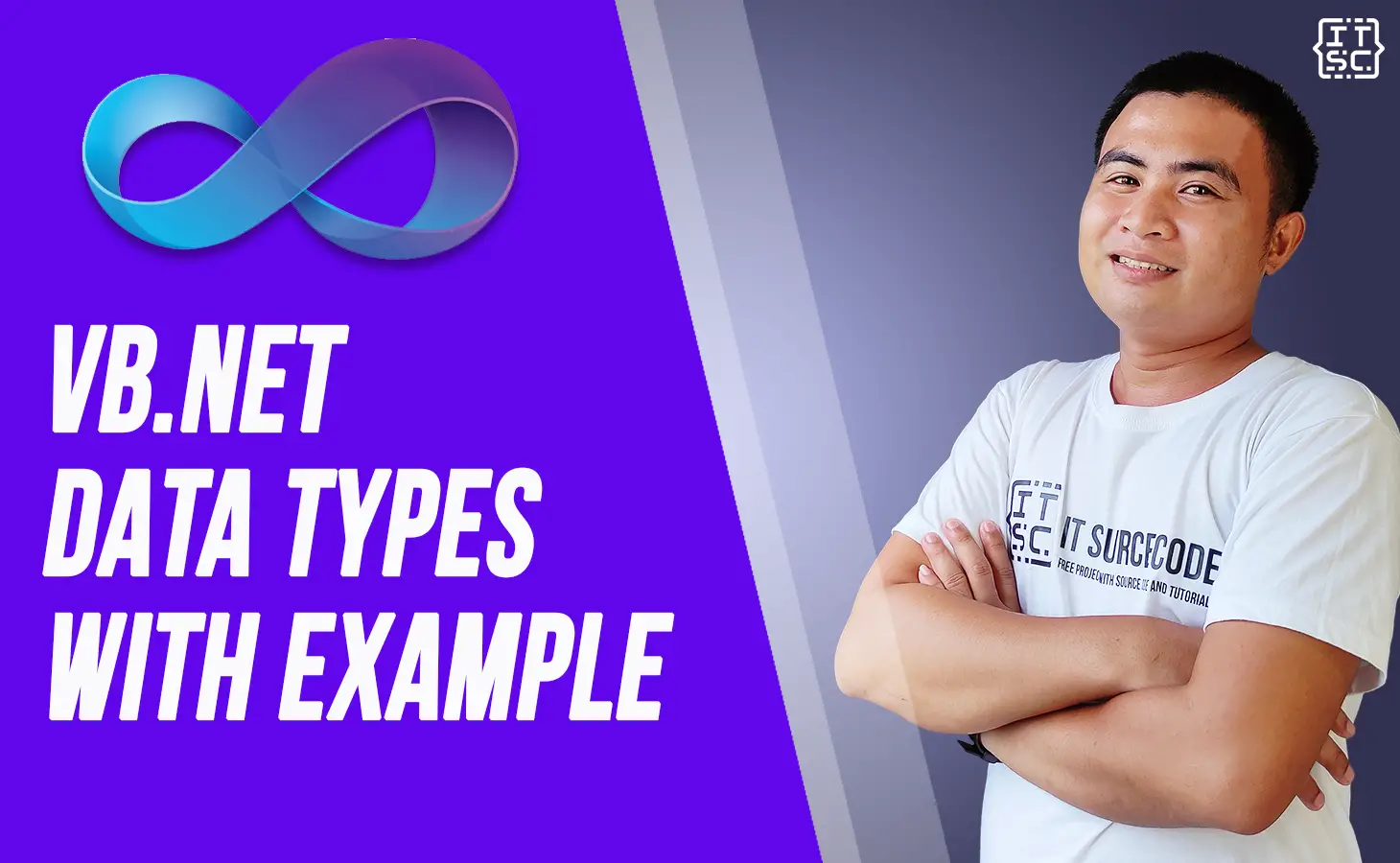
VB.net Variables – Declaration and Initialization of Variables in VB
A variable is used in VB.NET to store a value that can be used later in the program. We’ll learn how to declare and initialize variables in this section.
VB.net Constants – How To Declare a Constant in VB.net
The VB.net Constants are fixed values that the program cannot change while it is running. Literals are another name for these fixed values. Integer constants, floating constants, character constants, and string literals are all examples of basic data types. Enumeration constants are also present.
Access Modifiers in VB.net with Example – List of Access Modifiers
Access Modifiers in VB.net are the keywords, and those are useful to define an accessibility level for all the types and type members.
Access modifiers can control whether they can be accessed in other classes or current assembly or other assemblies based on your requirements.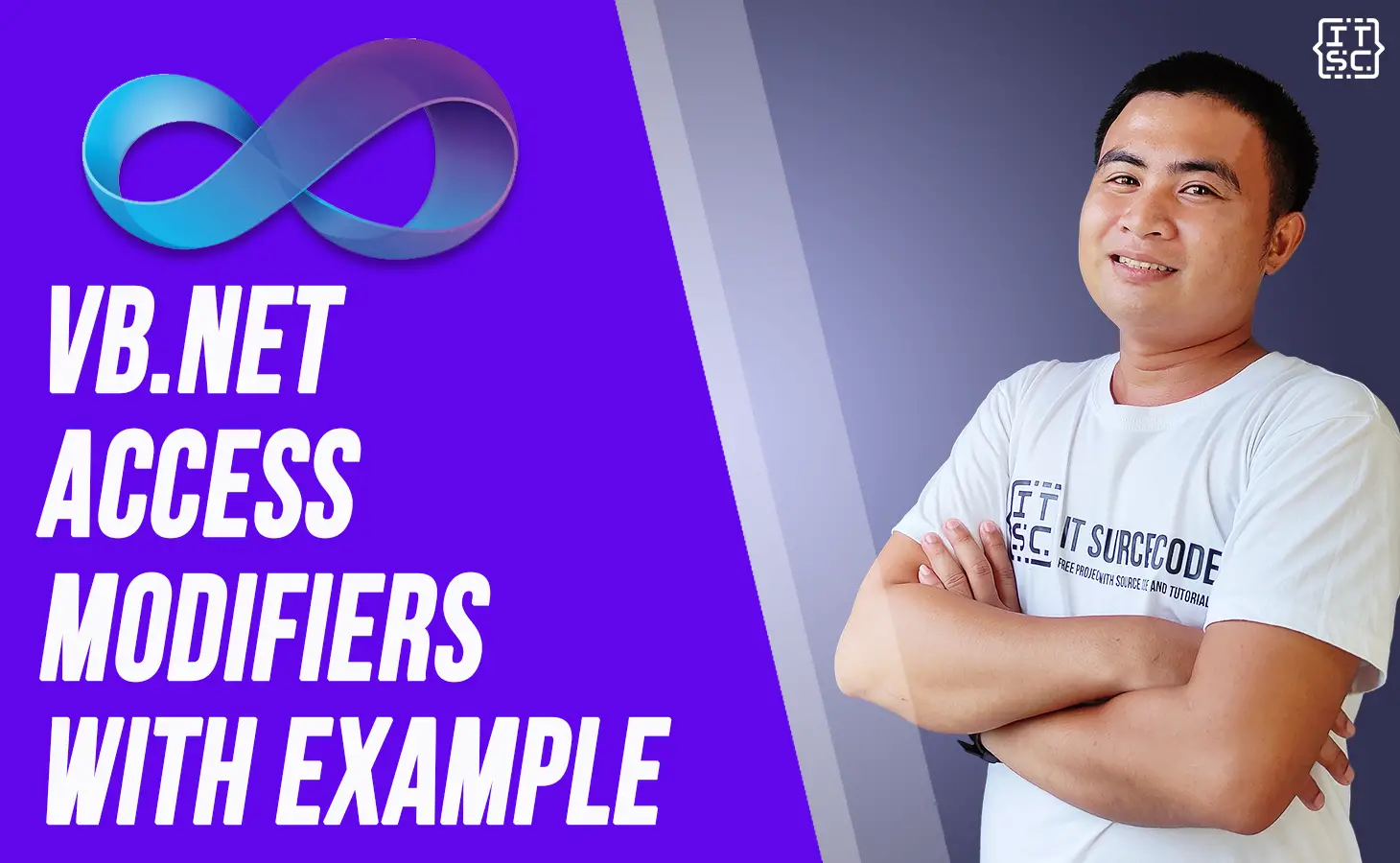
Control Statements in VB.net – Control Flow Statements in VB.net
The Control Statements in VB.NET are the statements that control the execution of the program on the basis of the specified condition.
It is useful for determining whether a condition is true or not. If the condition is true, a single or block of statements is executed.
In the control statement, we will use if- Then, if Then Else, if Then ElseIf, and the Select case statement.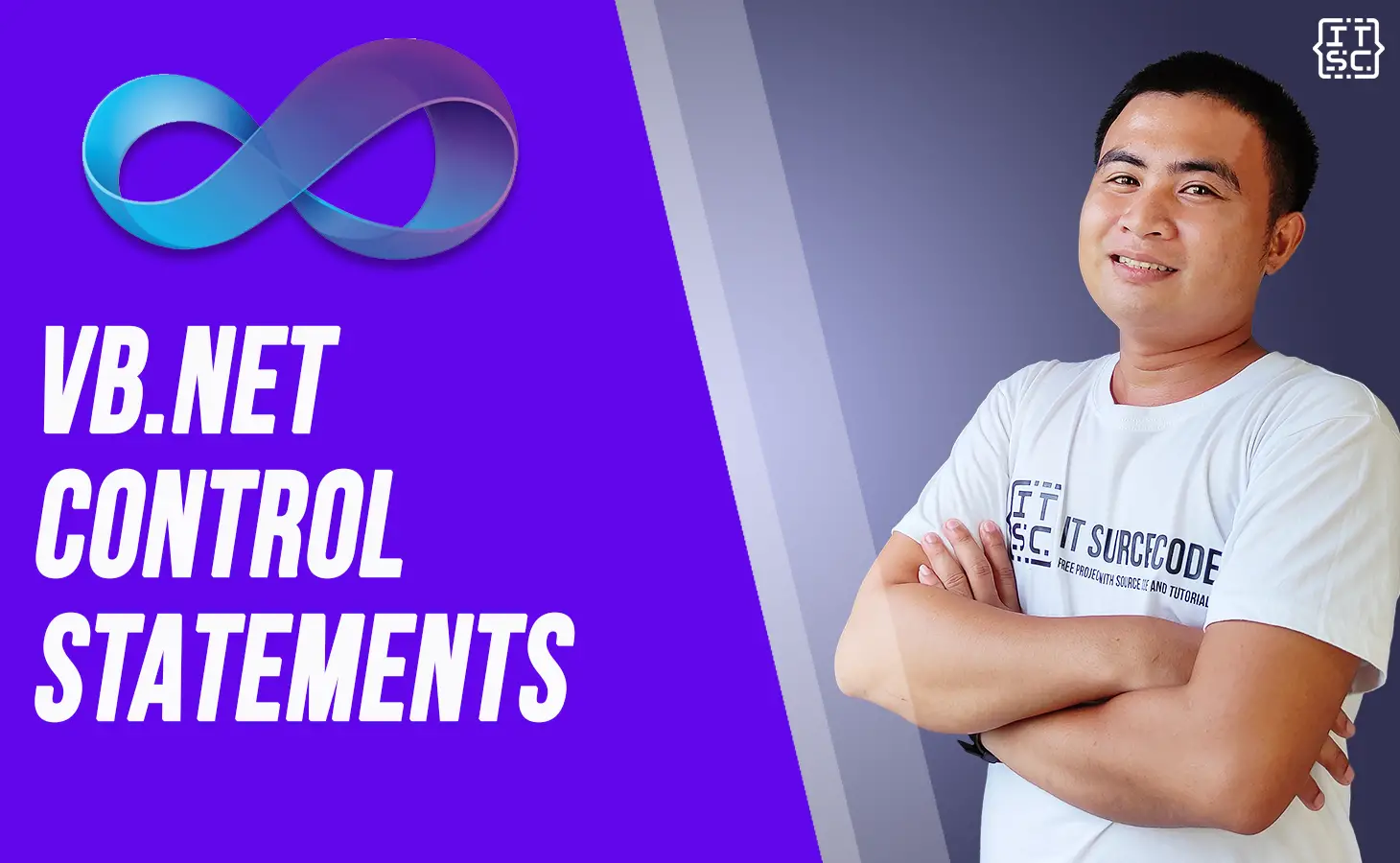
VB.net Directives with Examples – Const, ExternalSource
The VB.net Compiler Directives give instructions to the compiler to preprocess the information before actual compilation starts. All these directives begin with #, and only white-space characters may appear before a directive on a line. These directives are not statements.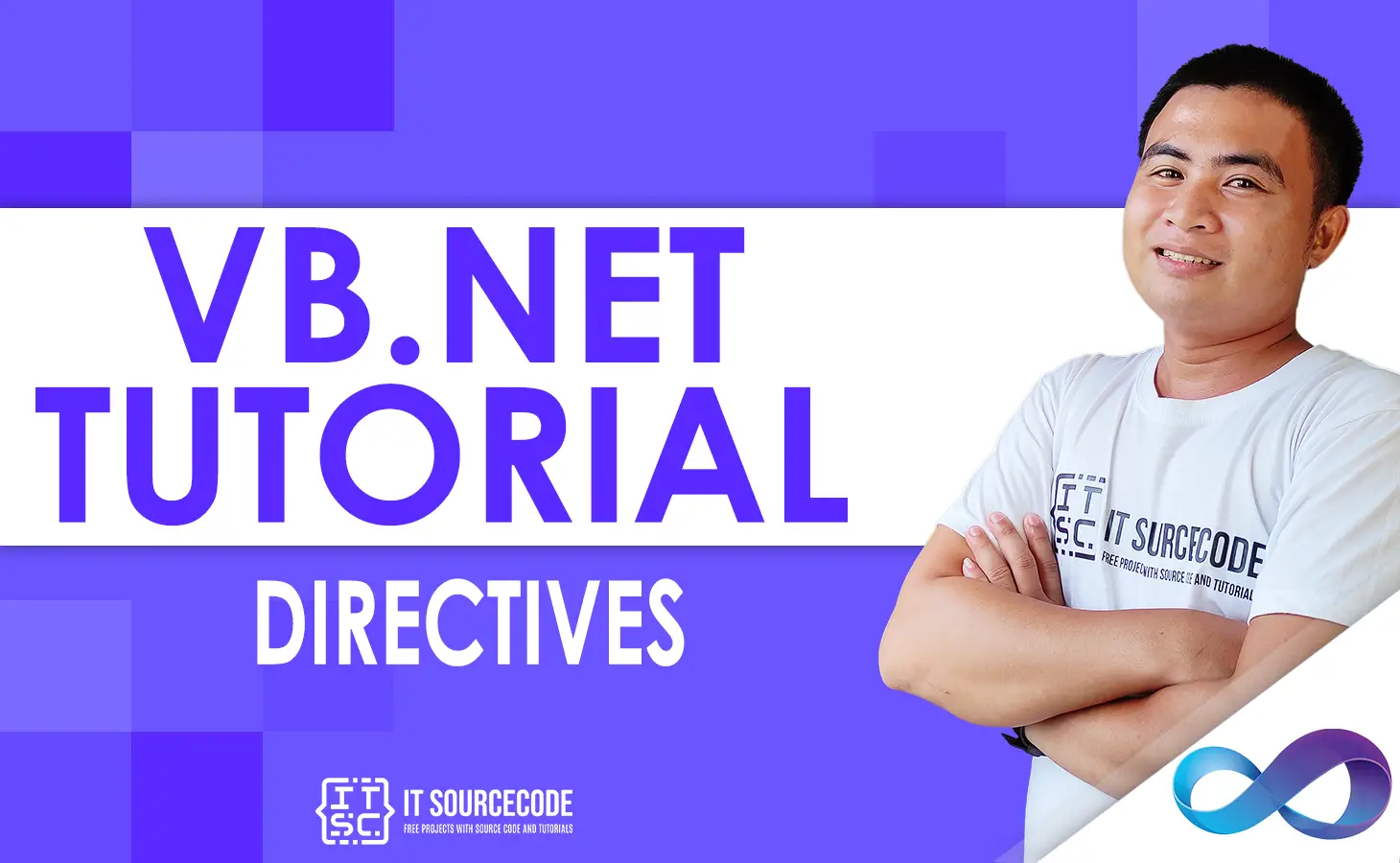
VB.net Operators – How Many Types of Operators Used in VB.net
The VB.net Operators is a symbol that instructs the compiler to carry out particular logical or mathematical operations.
VB.net Loops – For Each, Do While, While End, For Next
A VB.net Loops is used to repeat the same process multiple times until it meets the specified condition in a program.
By using a loop in a program, a programmer can repeat any number of statements up to the desired number of repetitions.
String in VB.net – String Function in VB.net with Example
The String in VB.net is a sequence of characters collectively referred to as a string.
The text value is saved in a string variable that is created using the String keyword. System.String is the name of the string class, which includes all of the string’s functions.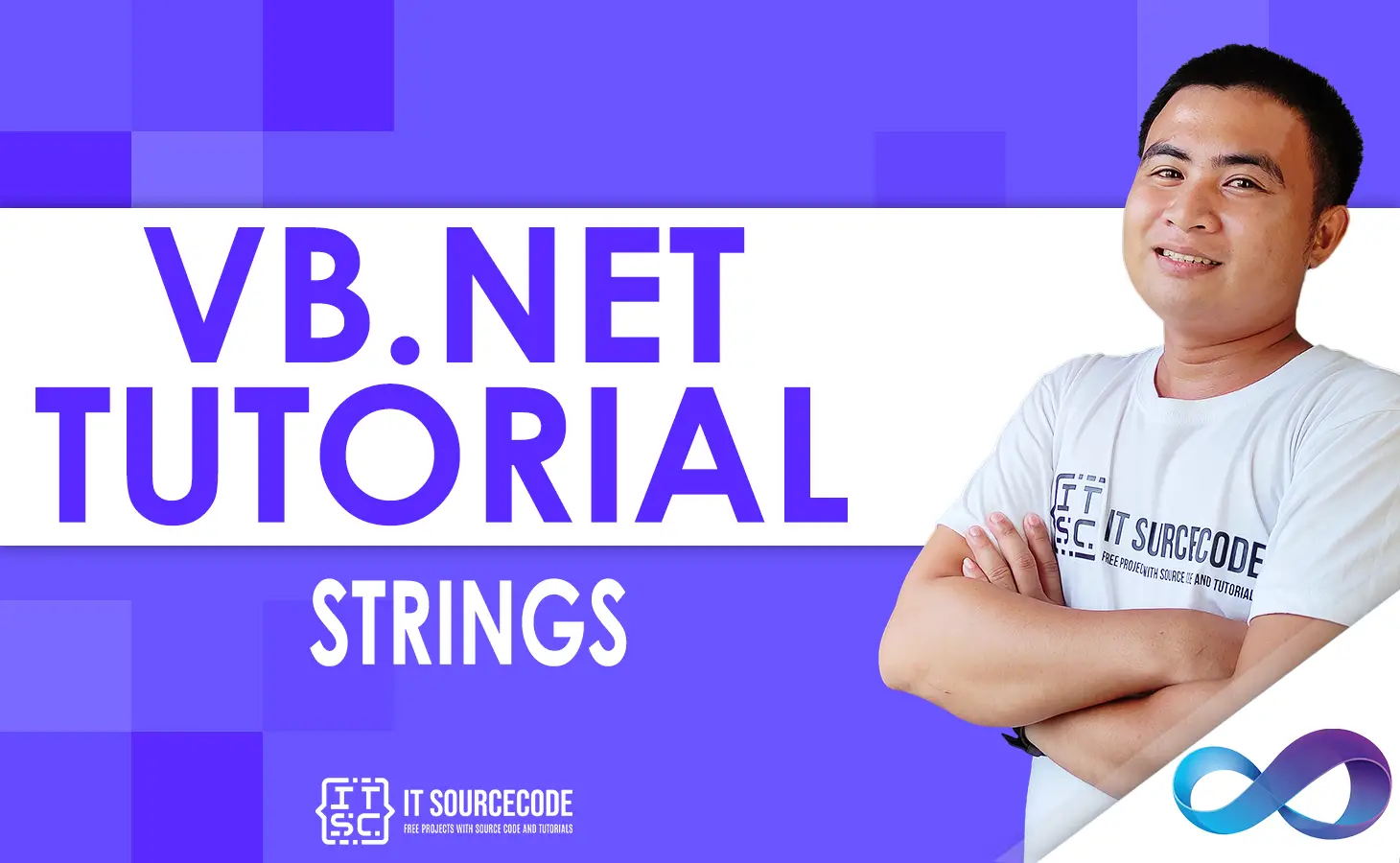
Date Time in VB.net – How To Display Running Date and Time
The Date and Time In VB.net function performs various operations related to date and time.
Sometimes we need to display the date and time in our application or web application, such as when the last post was edited, the upgradation of a new software version or patch-up details, etc.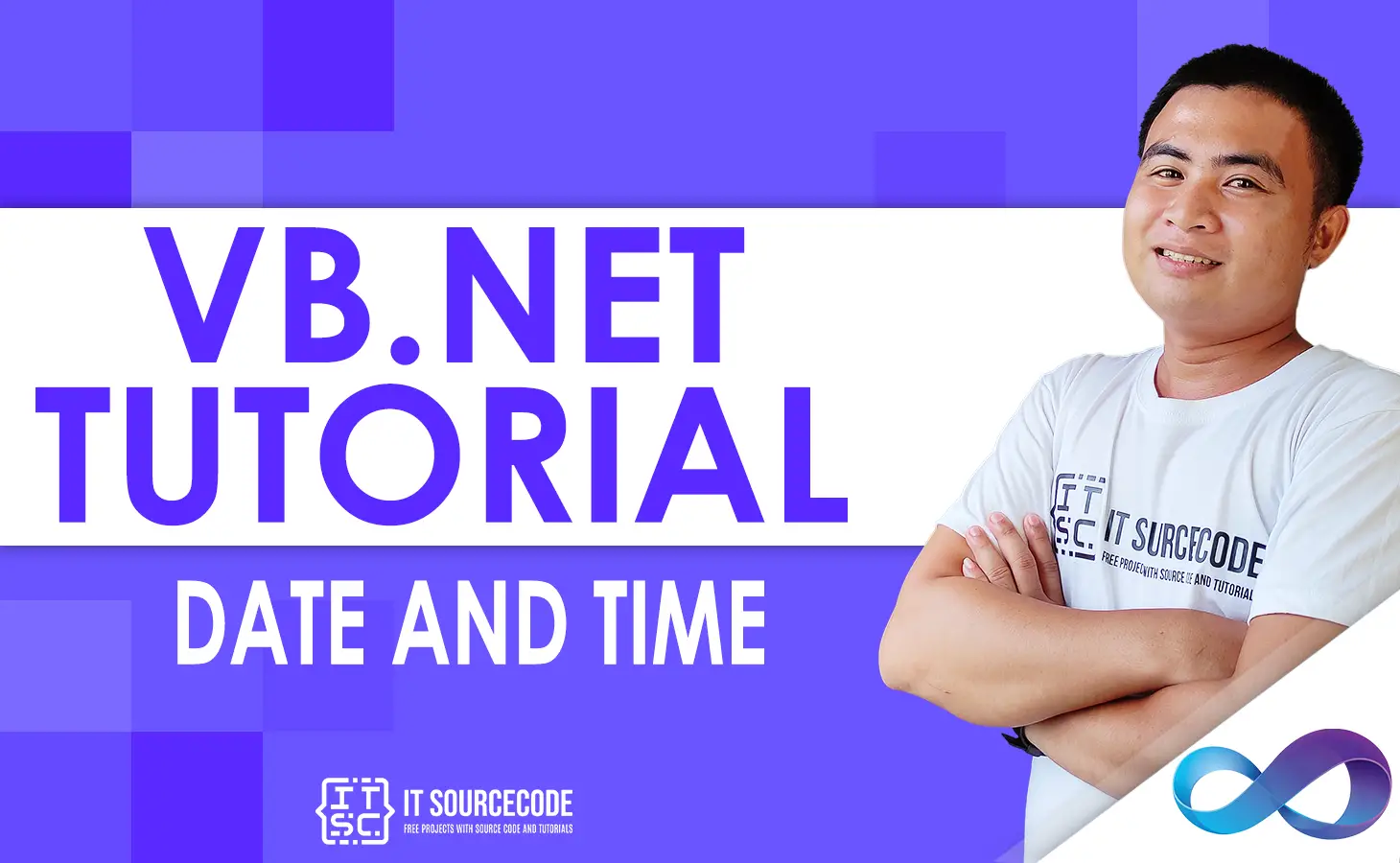
Arrays in VB.net – Types of Arrays in VB.net
The Arrays in VB.net is a linear data structure that is a collection of data elements of the same type stored on a contiguous memory location.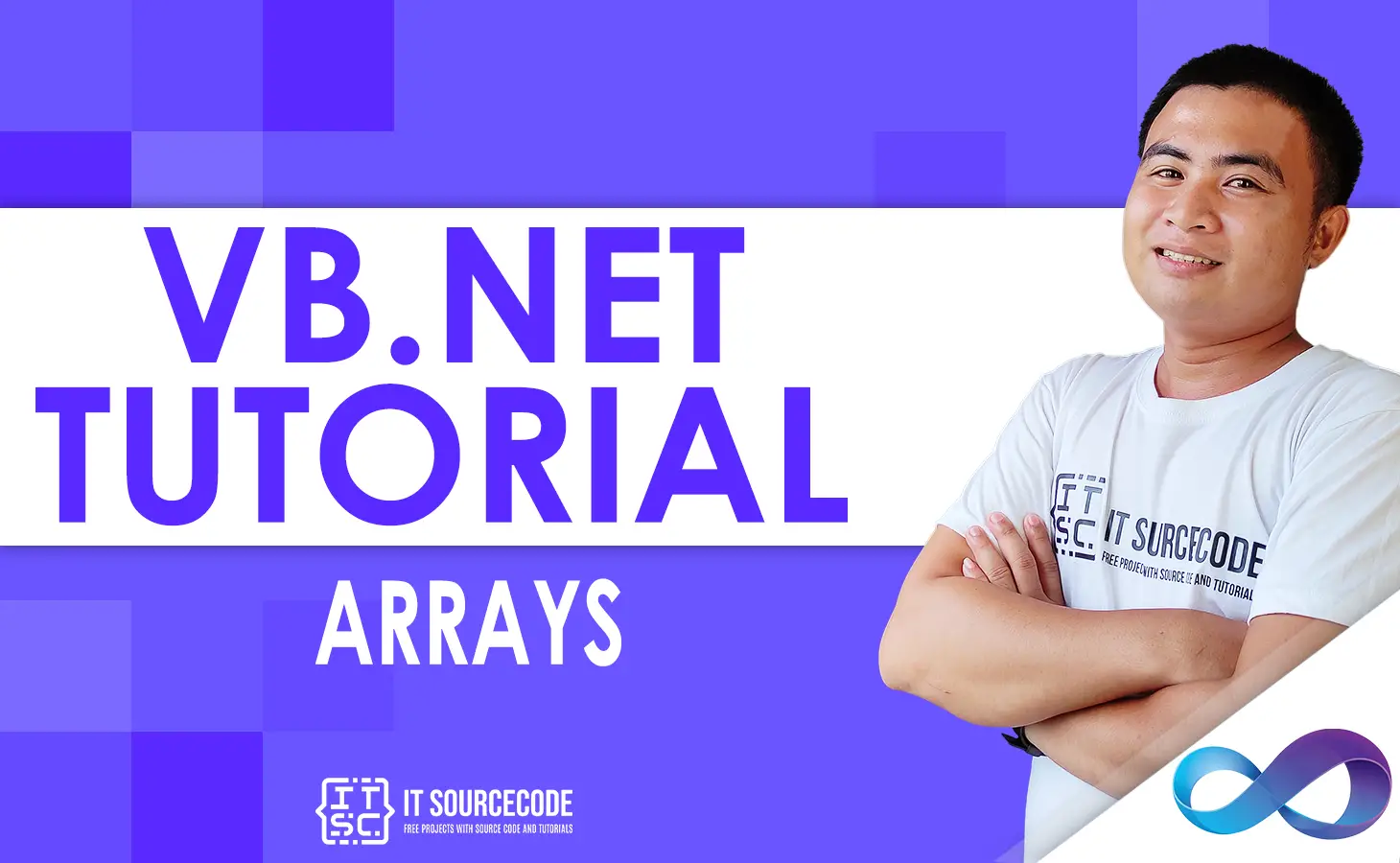
VB.net Collection – Various Collection Classes in VB.net
The VB.net Collection is helpful for managing a group of objects in a flexible way so that we may dynamically conduct different actions like insert, update, delete, get, etc. on object pieces based on our requirements.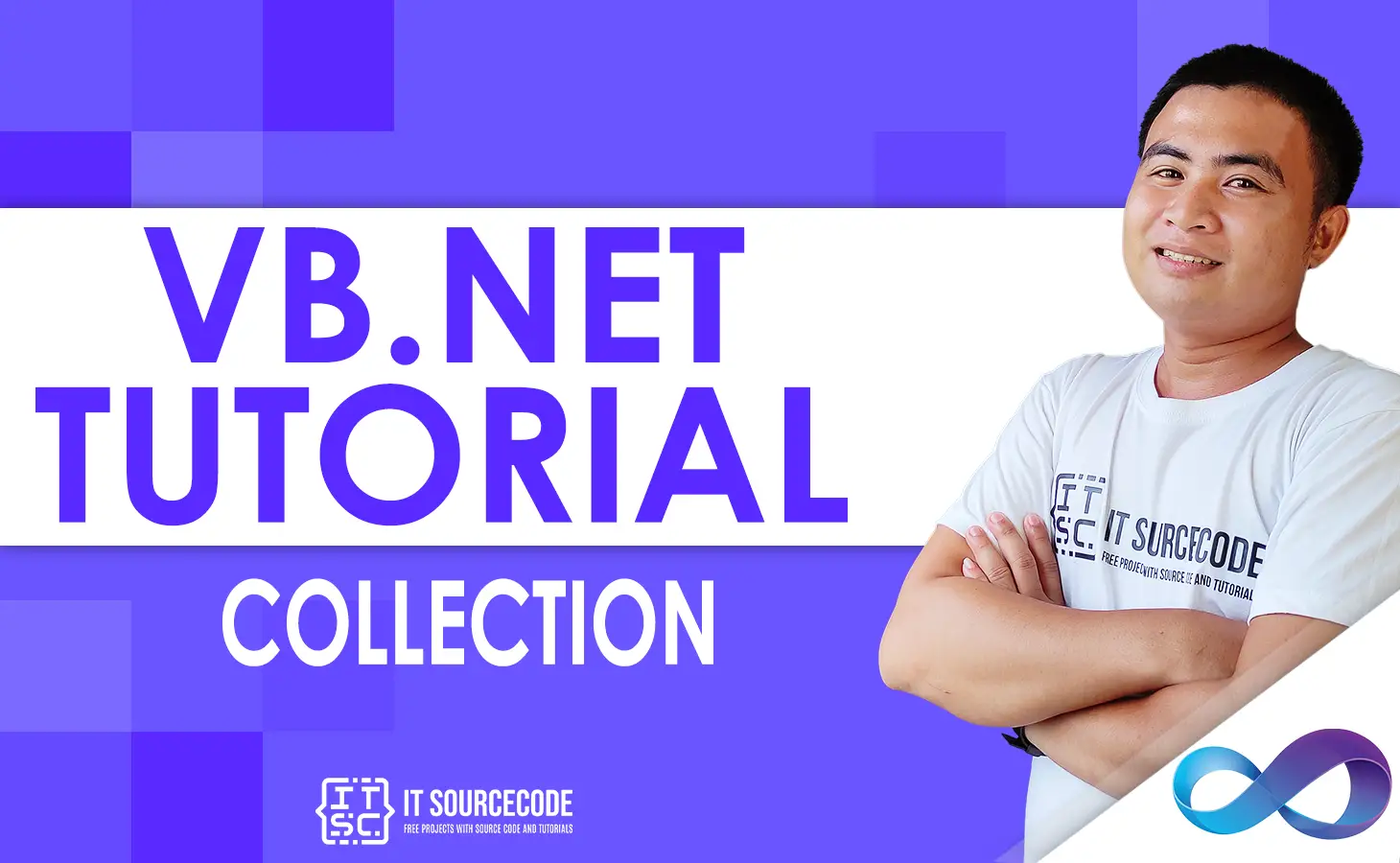
Functions in VB.net – Definition of Functions in VB.net
The functions in VB.net are a separate group of codes that are used to perform a specific task when the defined function is called in a program.
After the execution of a function, control transfers to the main() method for further execution. It returns a value.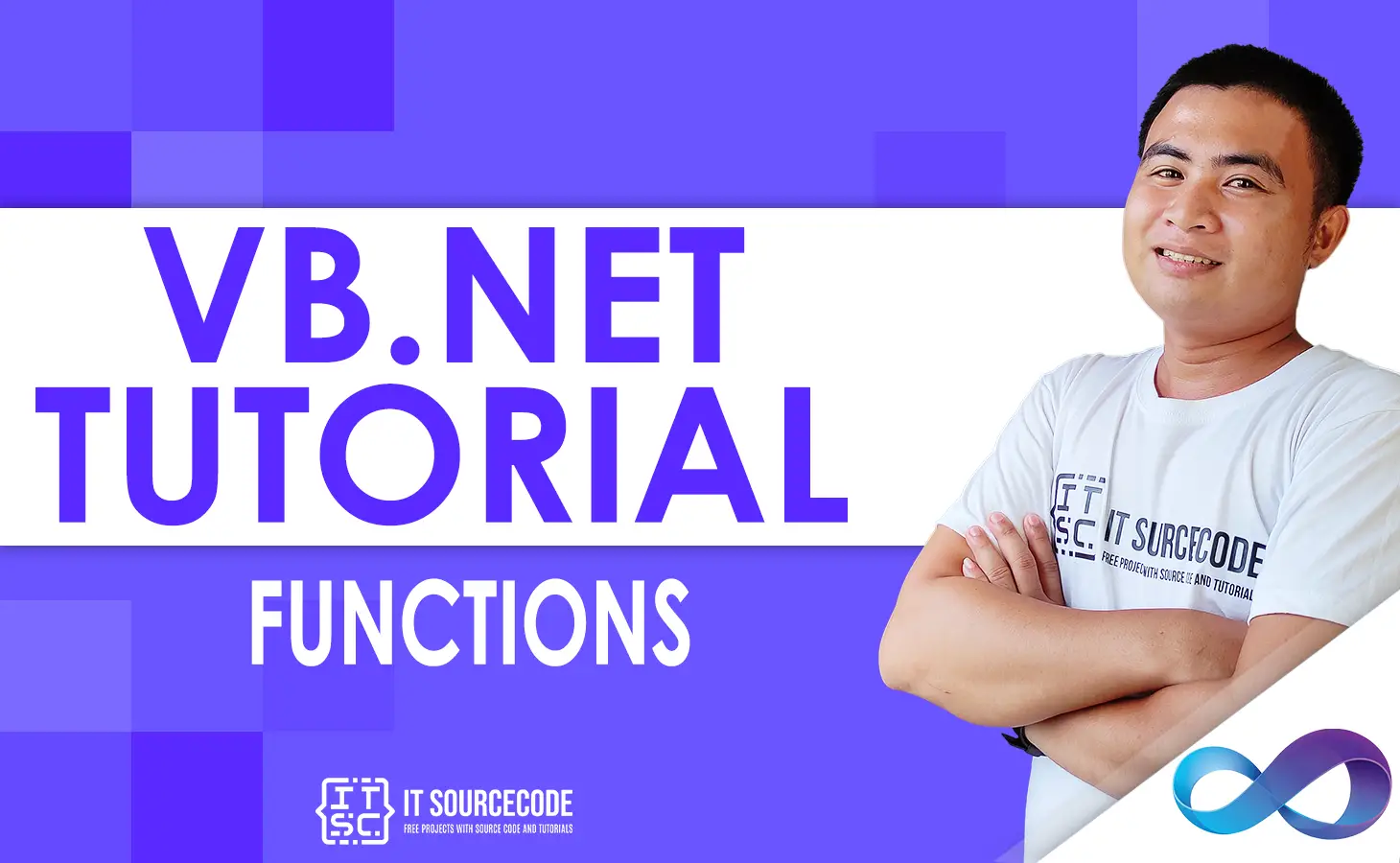
Sub Procedure in VB.net with Example
A Sub Procedures in VB.net is a separate set of codes that are used in VB.NET programming to execute a specific task, and it does not return any values. The Sub procedure is enclosed by the Sub and End Sub statement.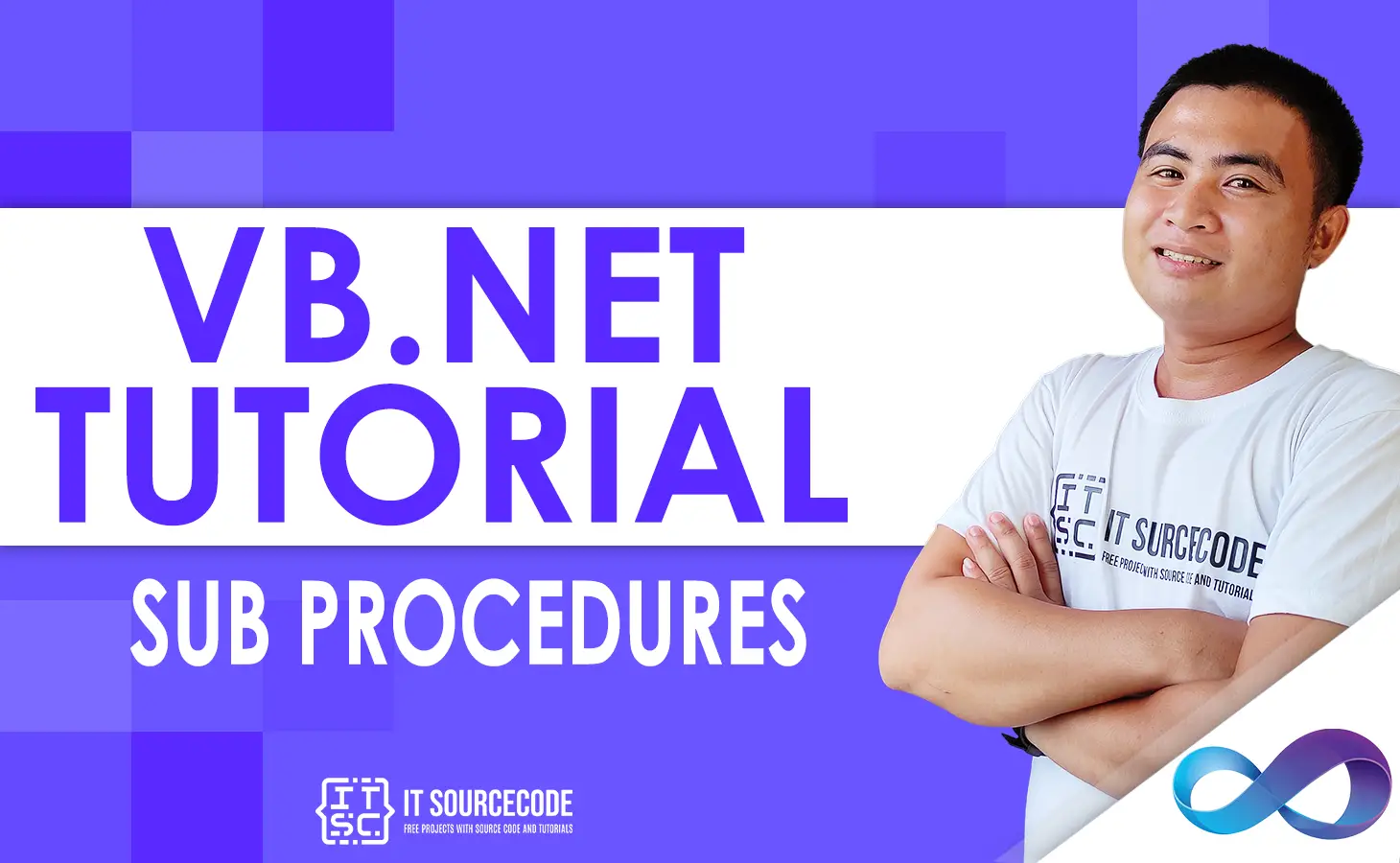
Classes and Objects in VB.net – What is Class and Object in VB.net
The Classes and Objects in VB.net are interrelated. Each Object in VB.net is defined by a Class. A Class in VB.net describes the variables, properties, procedures, and events of an object. Objects are instances of classes; you can create as many objects you need once you have defined a class.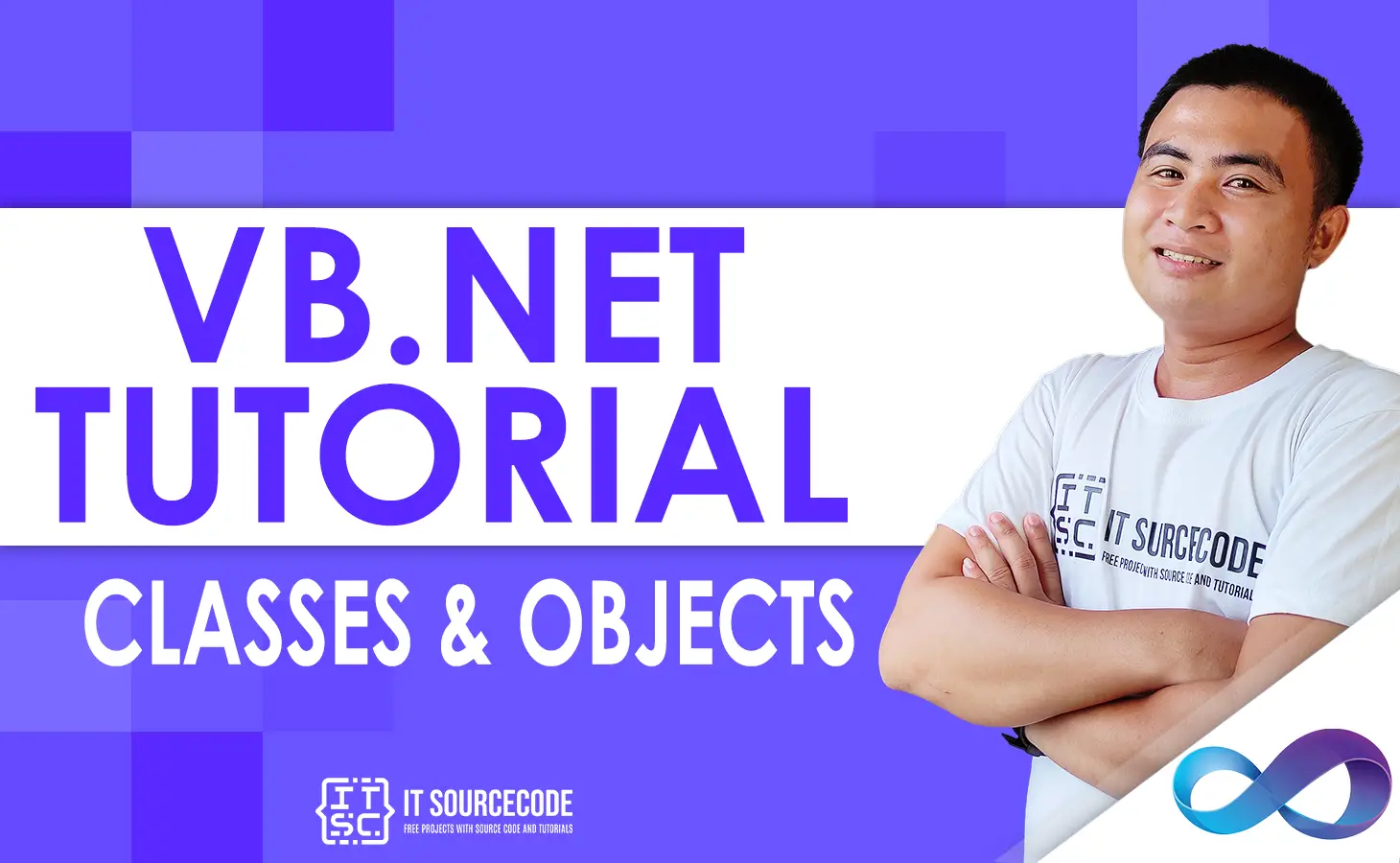
Exception Handling in VB.net – Try, Catch, Finally and Throw
Exceptions in VB.net provide a way to transfer control from one part of a program to another. VB.net Exception Handling is built upon four keywords – Try, Catch, Finally, and Throw.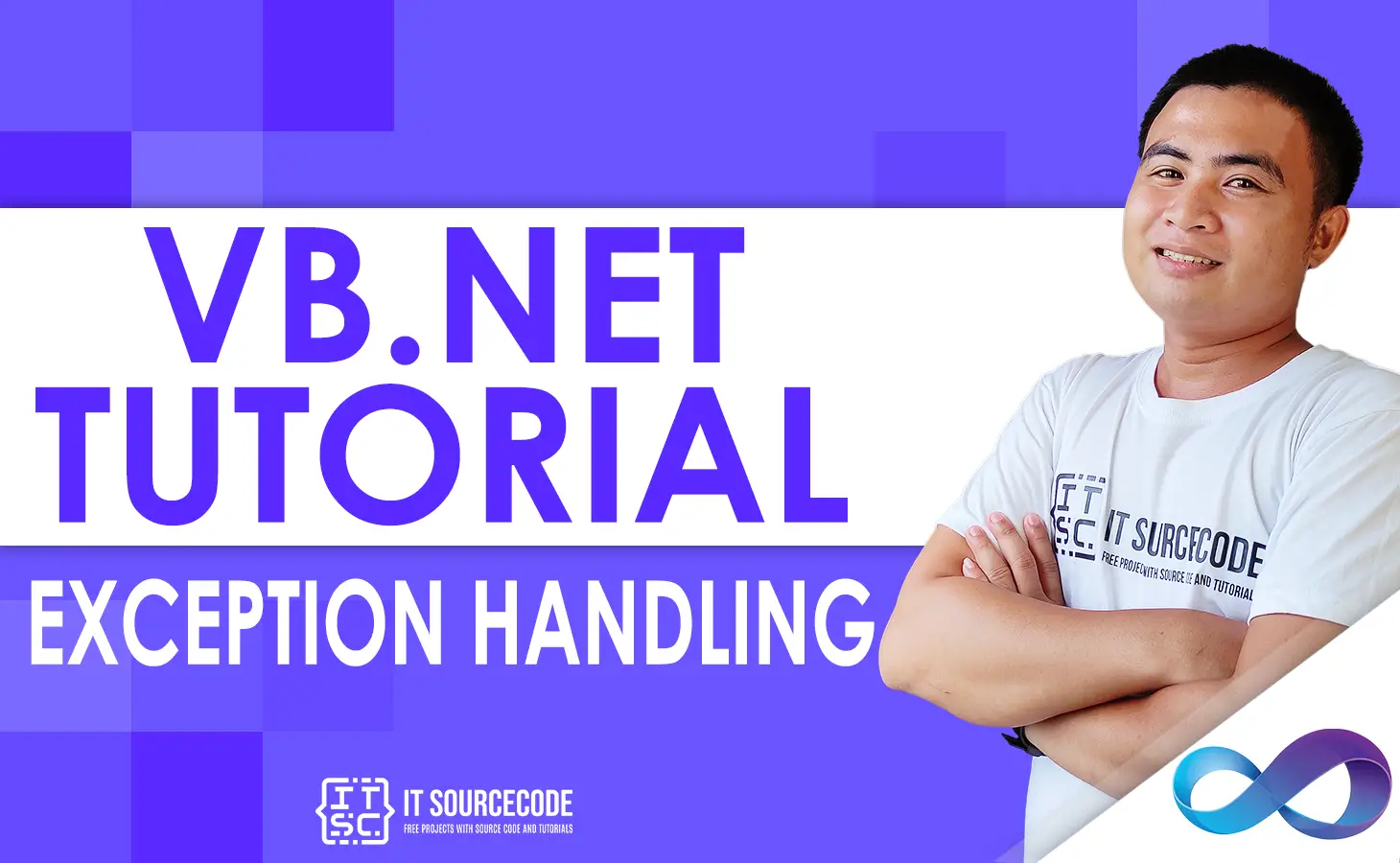
File Handling in VB.net – I/O Classes, FileStream Class in VB.net
A File Handling in VB.net is a group of data items with a specified name and defined folder location that are kept in computer memory.
In VB.NET, the phrase “File Handling” refers to a variety of actions like opening, creating, reading, writing to, and closing files.
A stream is also produced whenever a file is opened for reading and writing.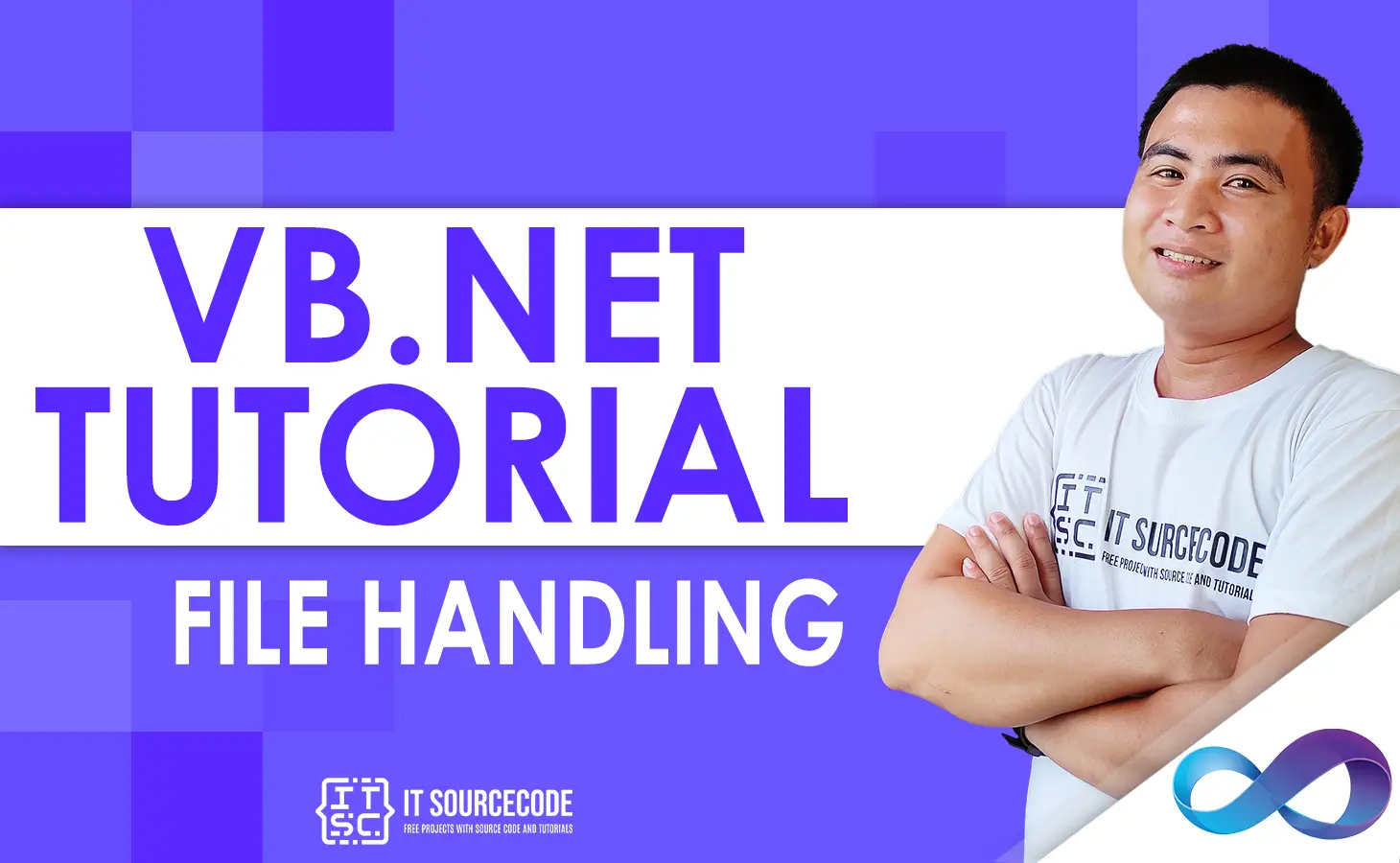
Basic Controls in VB.net – What are the Basic Controls in VB.net
Basic Controls in VB.net is a toolbox control on a Visual Basic form used to build an object, a type of user interface element. In Visual Basic, the shape is actually an object in and of itself.
Form Controls in VB.net – Windows Form Controls in VB.net
A Form Controls In VB.net is used to build a form-based or window-based application. We may create a visually appealing user interface using the form.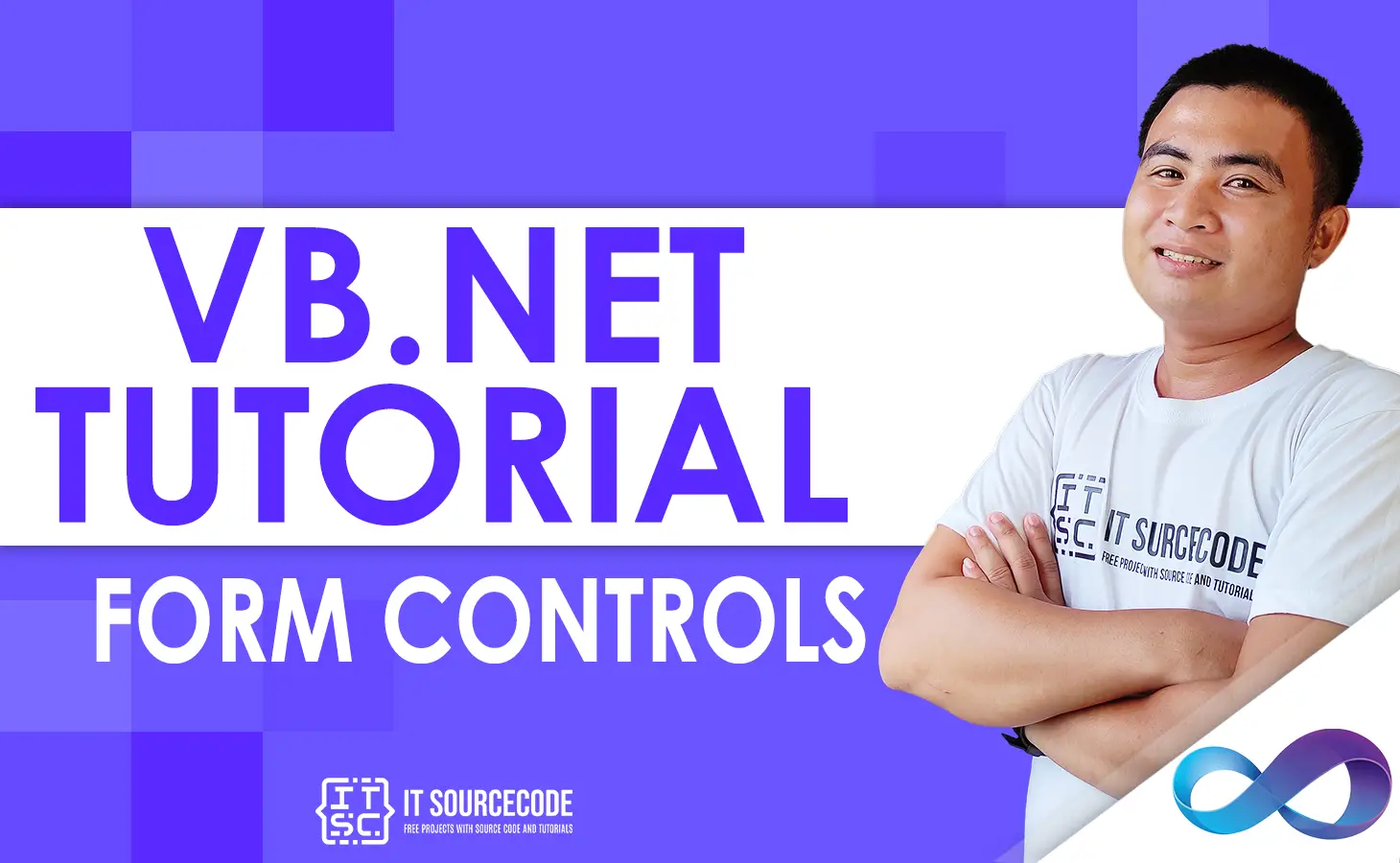
Label Control in VB.net – What is Label Control in VB.net
A Label Control in VB.net is utilized to display the form’s description. It doesn’t take part in keyboard, mouse, or user input activities.
Also, runtime label renaming is not possible. The class System.Windows.Forms namespace contains a definition for the labels.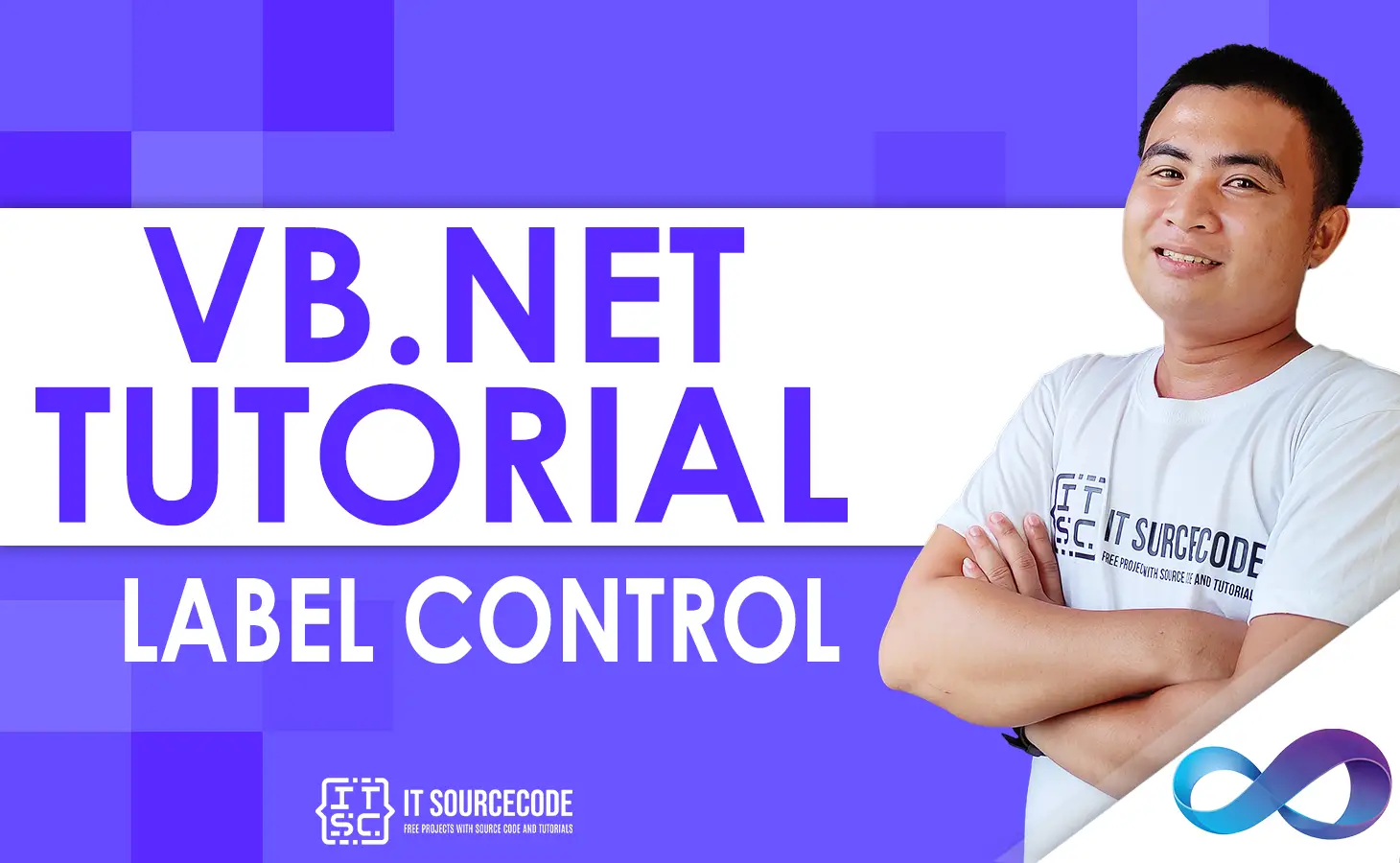
Button Control in VB.net – Windows Form Button Control in VB.net
A Button Control in VB.net is used to perform a click event in Windows Forms, and it can be clicked by a mouse or by pressing Enter keys.
It is used to submit all queries of the form by clicking the submit button or transferring control to the next form.
However, we can set the buttons on the form by using drag and drop operation.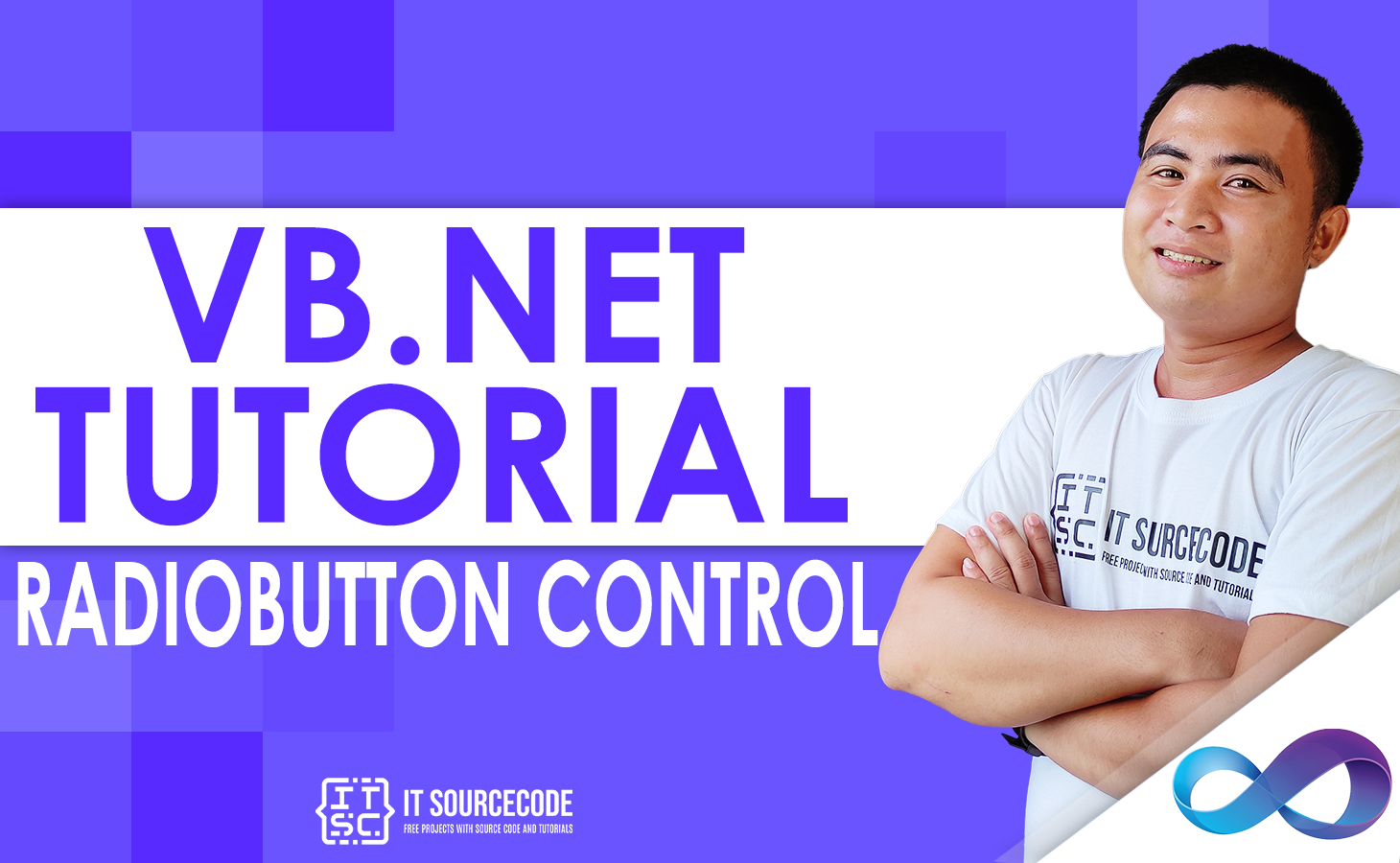
TextBox Control in VB.net – Properties, Method and Events
A TextBox Control in VB.net is used to show, and take text from the user as input, or a single line of text on a VB.net Windows form at runtime.
Additionally, the VB.net Textbox Control allows us to add additional text and scroll bars. On the other hand, we can modify the text that appears in the form’s textbox.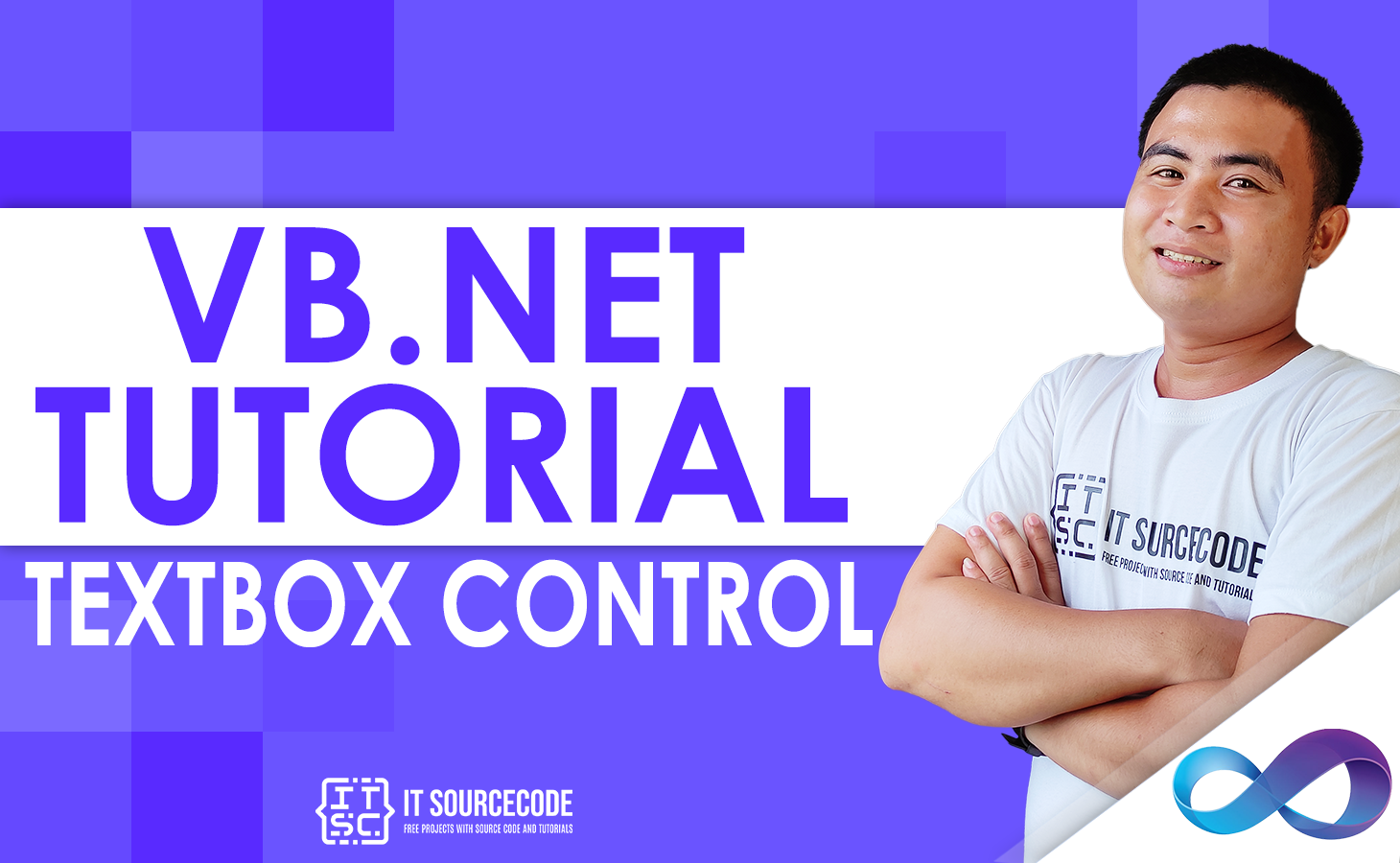
ComboBox Control in VB.net – Properties, Methods and Events
The ComboBox Control in VB.net is used to show multiple options in a drop-down menu. It combines a listbox and a textbox, and the user can enter only one item. A user may also choose an item from a drop-down list using this feature.
ListBox Control in VB.net – Properties, Methods and Events
A ListBox Control in VB.net is used to display a list of items in Windows form. It allows the user to select one or more items from the ListBox Control. Furthermore, we can add or design the list box by using the properties, methods and events window at runtime.
Radio Button Control in VB.net – Properties, Methods and Events
The Radio Button Control in VB.net is used to choose one choice from the available options. In Windows forms, we may utilize the radio button to pick just one thing from a related set of items.
The Radio Buttons in VB.net are mutually exclusive, signifying that only one item is selected and active in the form.
CheckBox Control in VB.net – Properties, Methods and Events
The CheckBox Control in VB.net is a control that lets the user select or deselect alternatives from the list of choices.
A checkmark or tick will show up on the Windows form when a checkbox is chosen.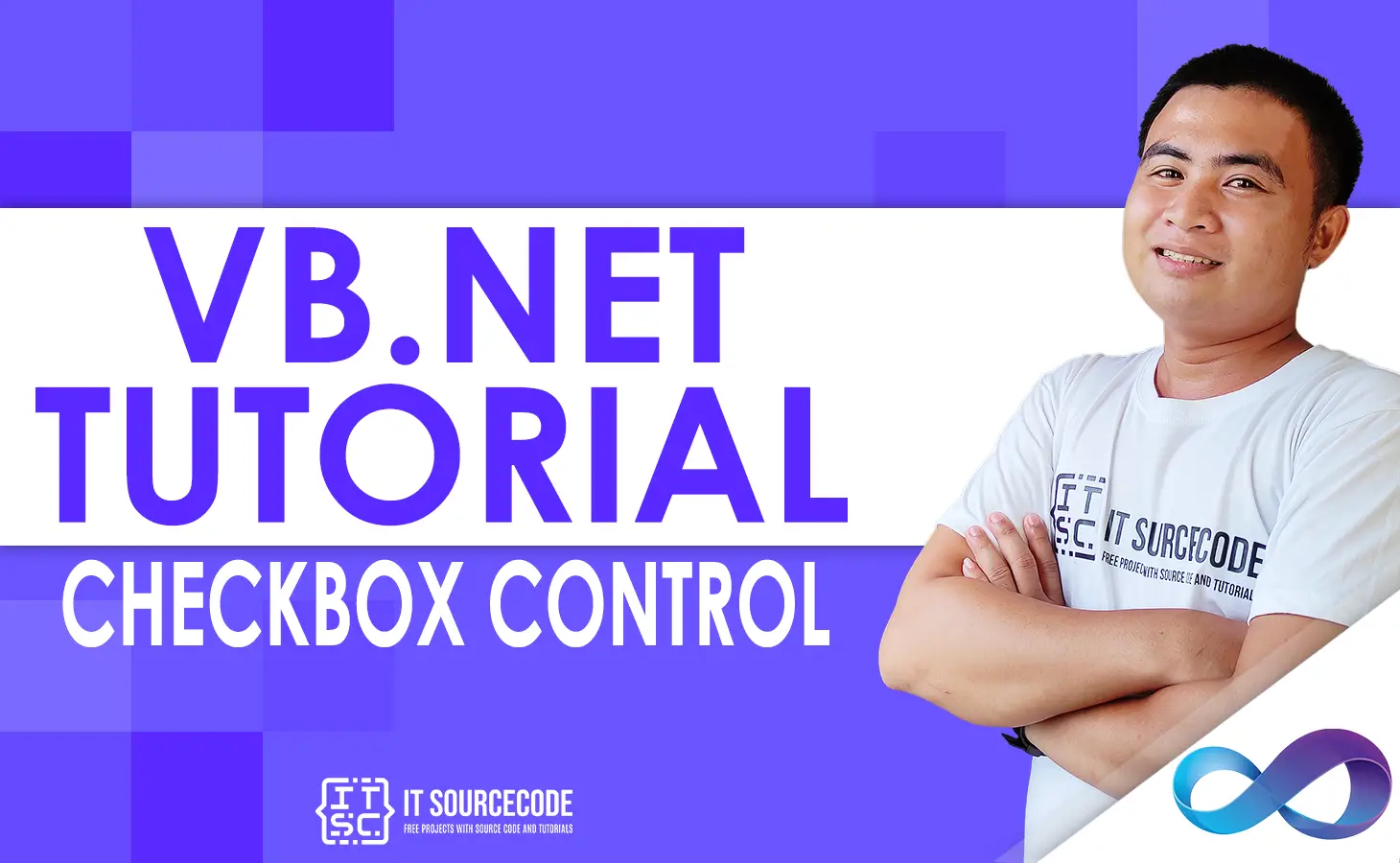
PictureBox Control in VB.net – Properties, Methods and Events
The PictureBox Control in VB.net is used for displaying images on the form.
The Image property of the control allows you to set an image both at design time or at run time.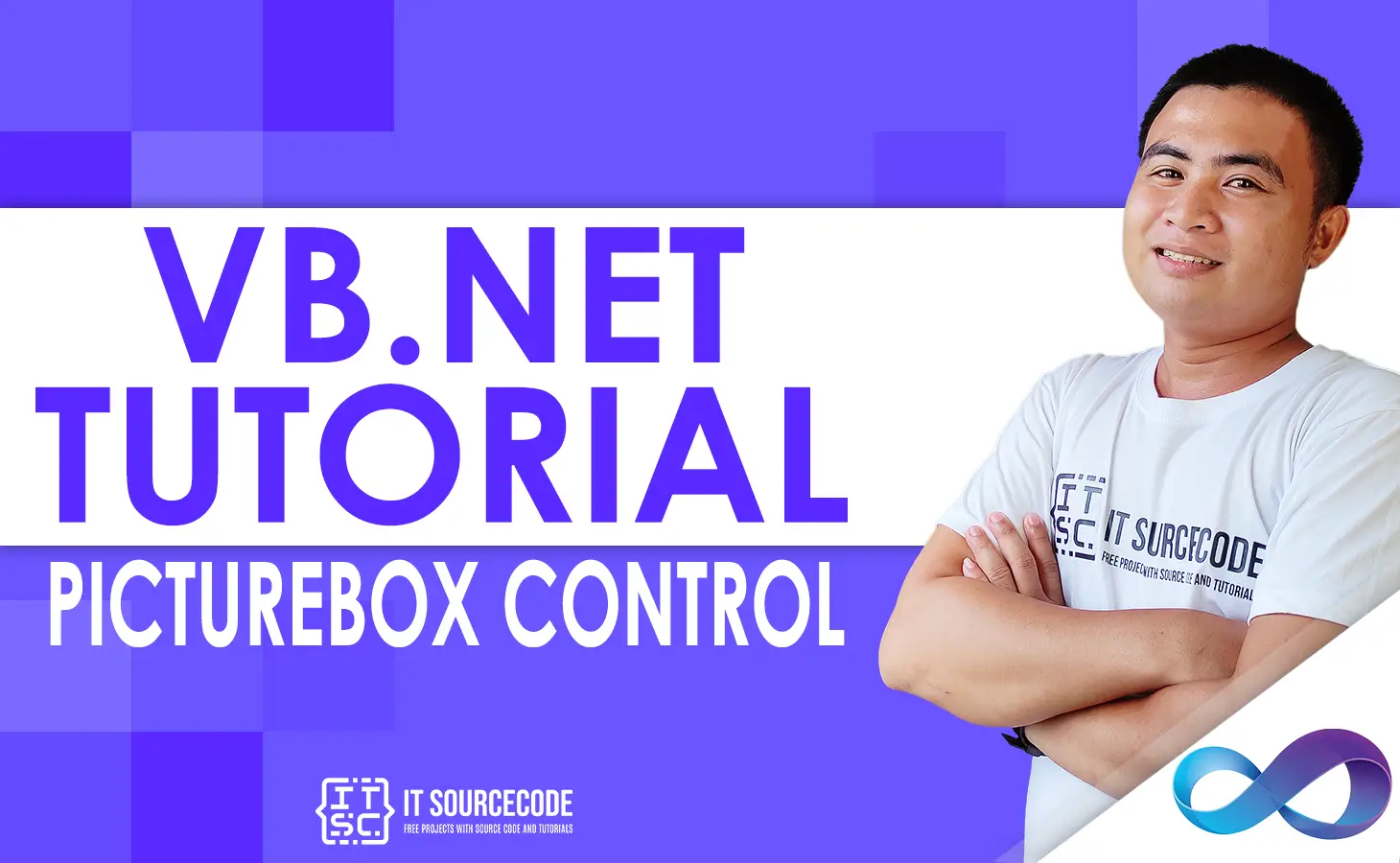
ProgressBar Control in VB.net – Properties, Methods and Events
The Window ProgressBar Control in VB.net is used by the user to recognize the status of some set actions, such as downloading a sizable file from the internet, copying files, installing software, computing intricate results, and more.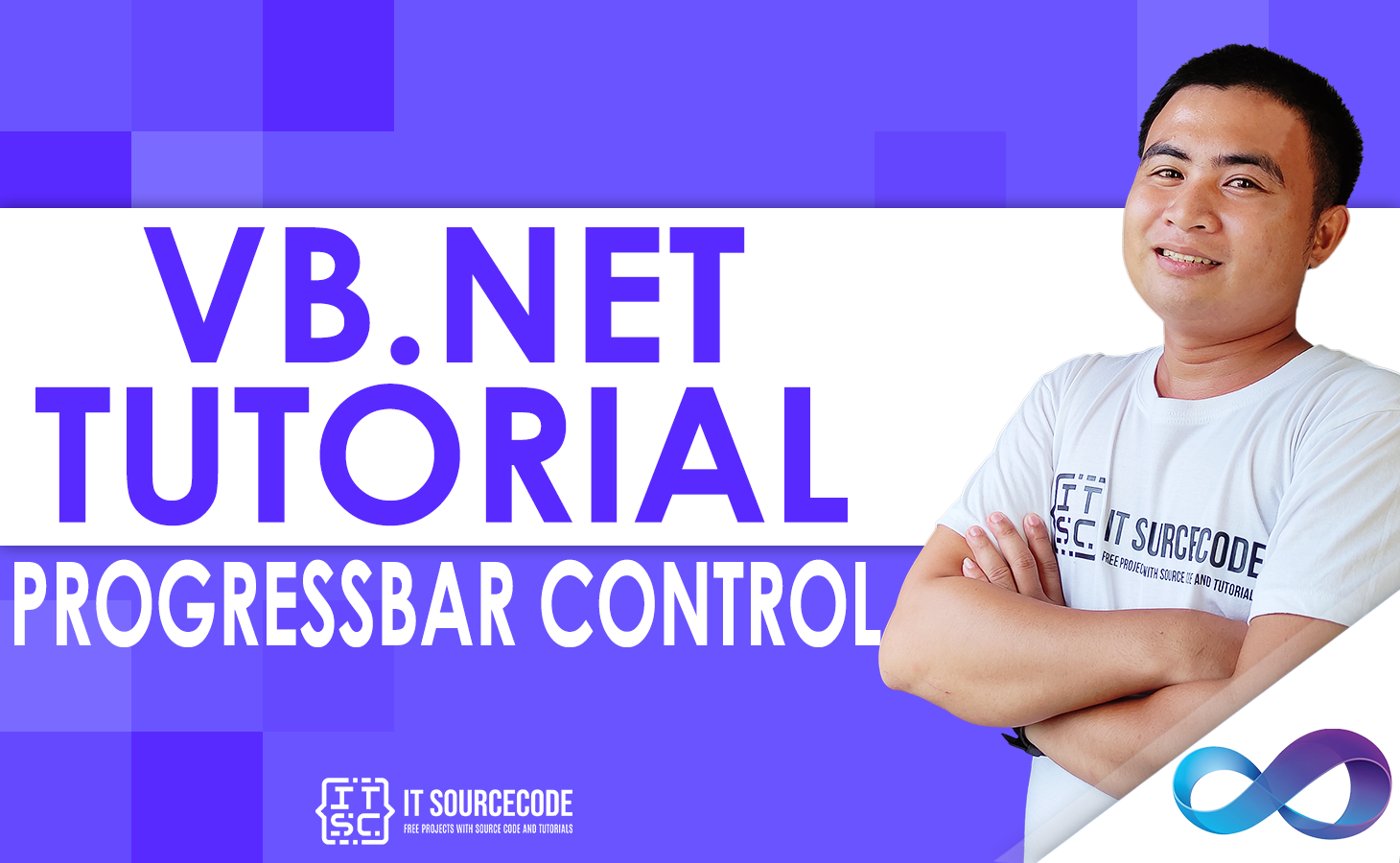
ScrollBar Control in VB.net – Properties, Methods and Events
A ScrollBar Control in VB.net is used to create and show vertical and horizontal scroll bars on the Windows form.
It is used when there is a lot of information in a form and we can’t see all of it.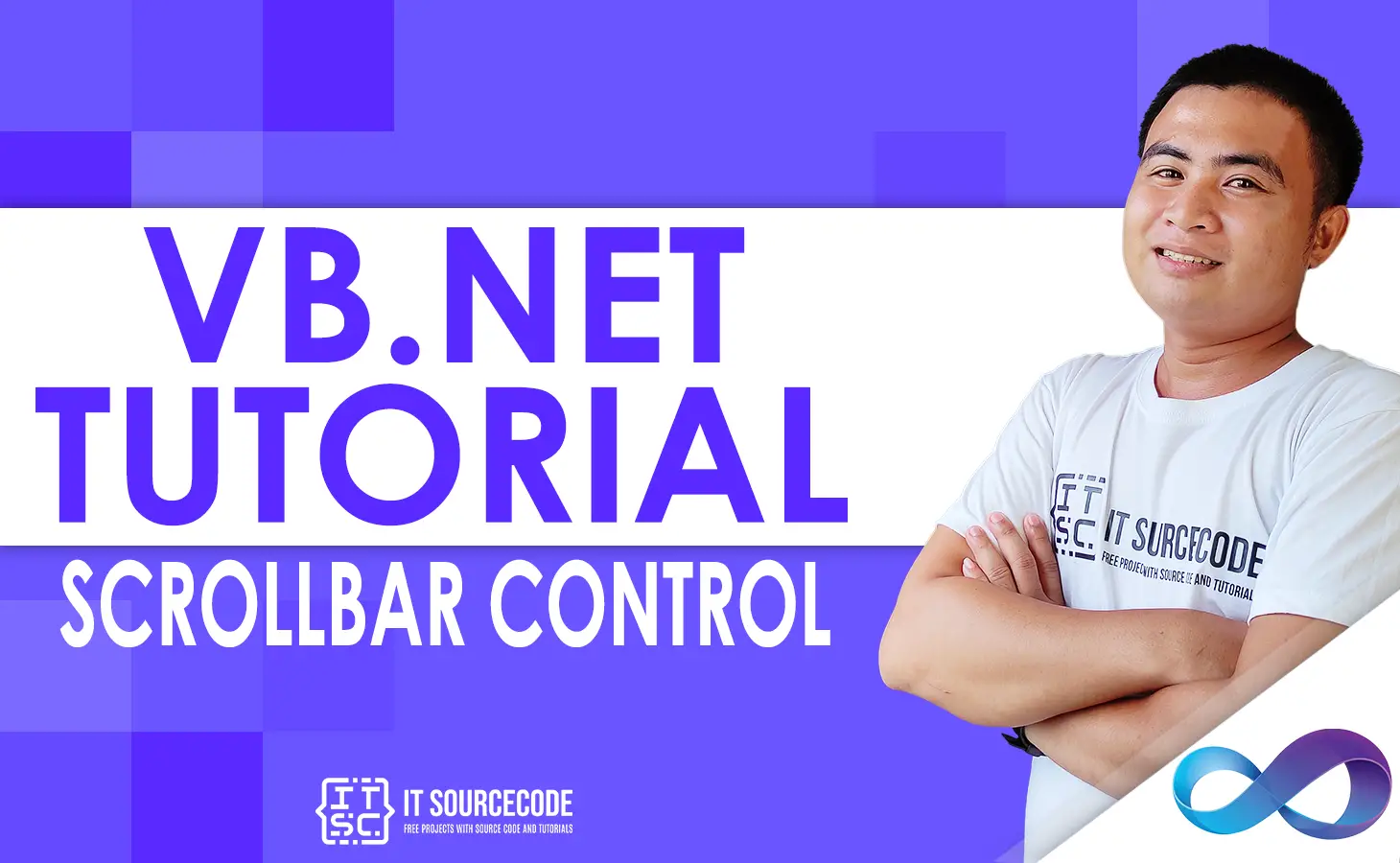
DateTimePicker Control in VB.net – Properties, Method and Events
In Windows Forms, the DateTimePicker Control in VB.net lets the user choose or show date and time values in a certain format.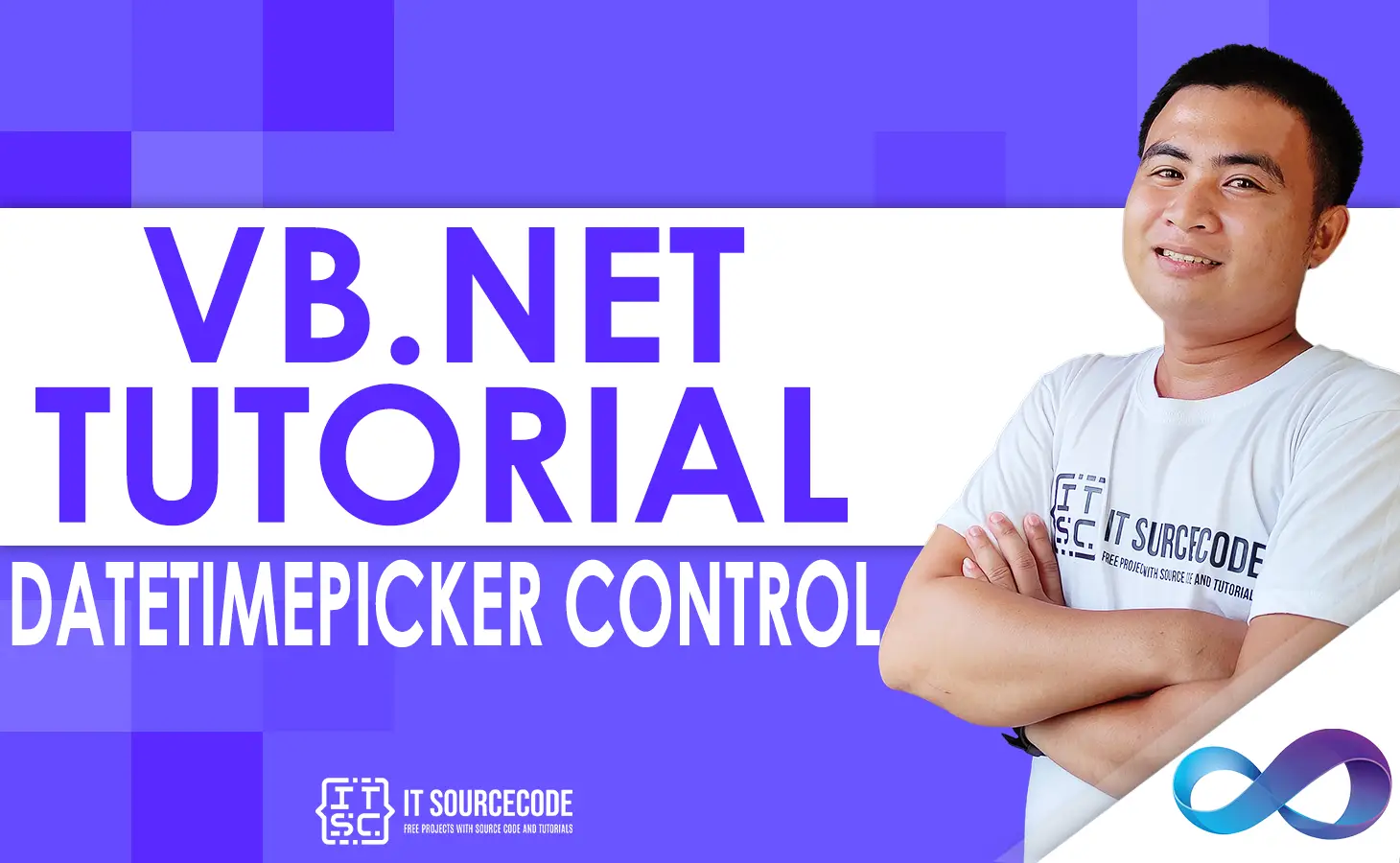
TreeView Control in VB.net – Properties, Methods and Events
The TreeView Control in VB.net is used to show the same data in a tree structure that shows how the data is related to each other.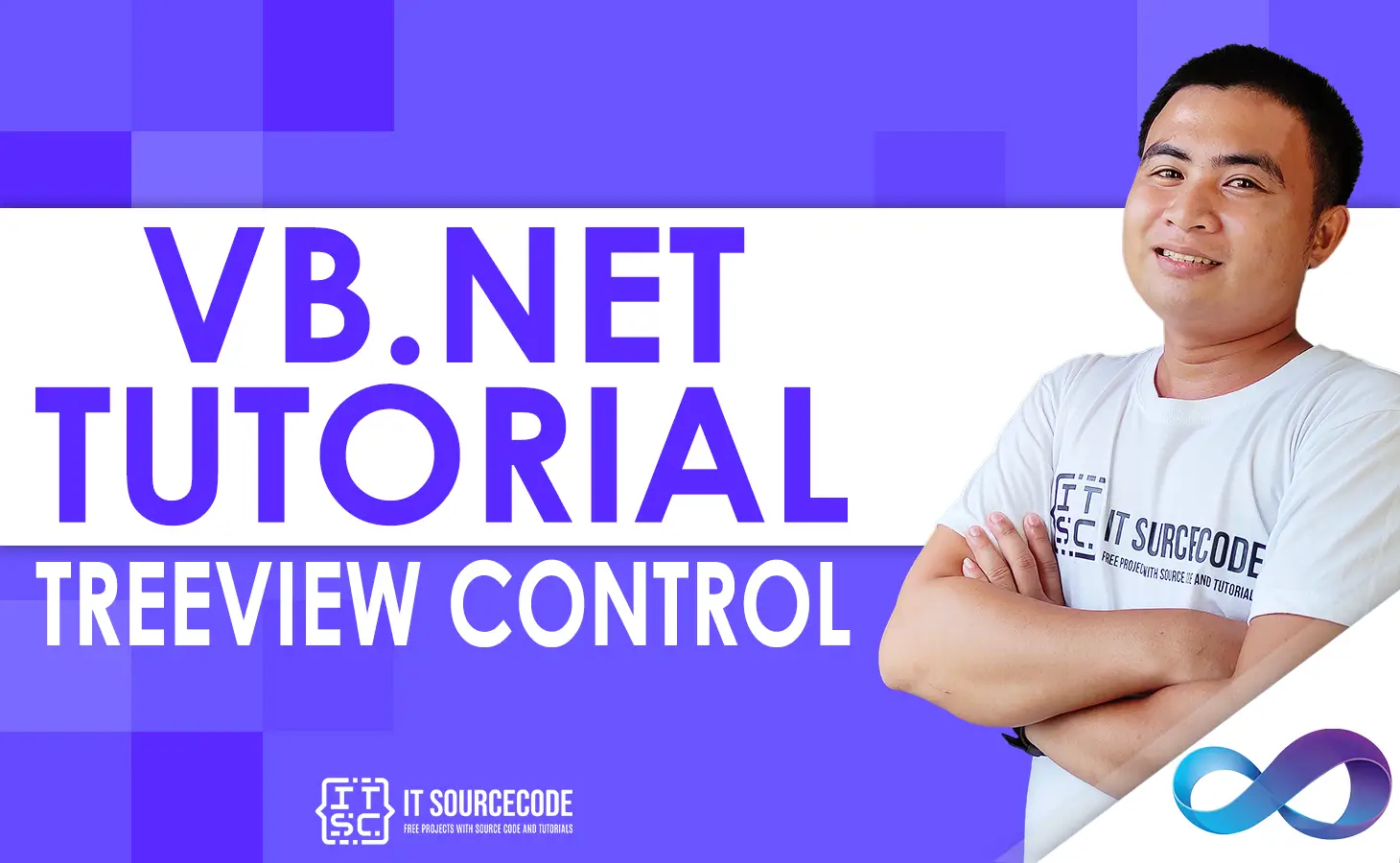
ListView Control in VB.net – Properties, Methods and Events
In Windows Forms, the ListView Control in VB.net is used to show a group of items. It uses one of the view lists, like LargeIcon, SmallIcon, Details, List, or Tile.
The ListView in VB.net also lets the user add or take away icons from the ListView Control.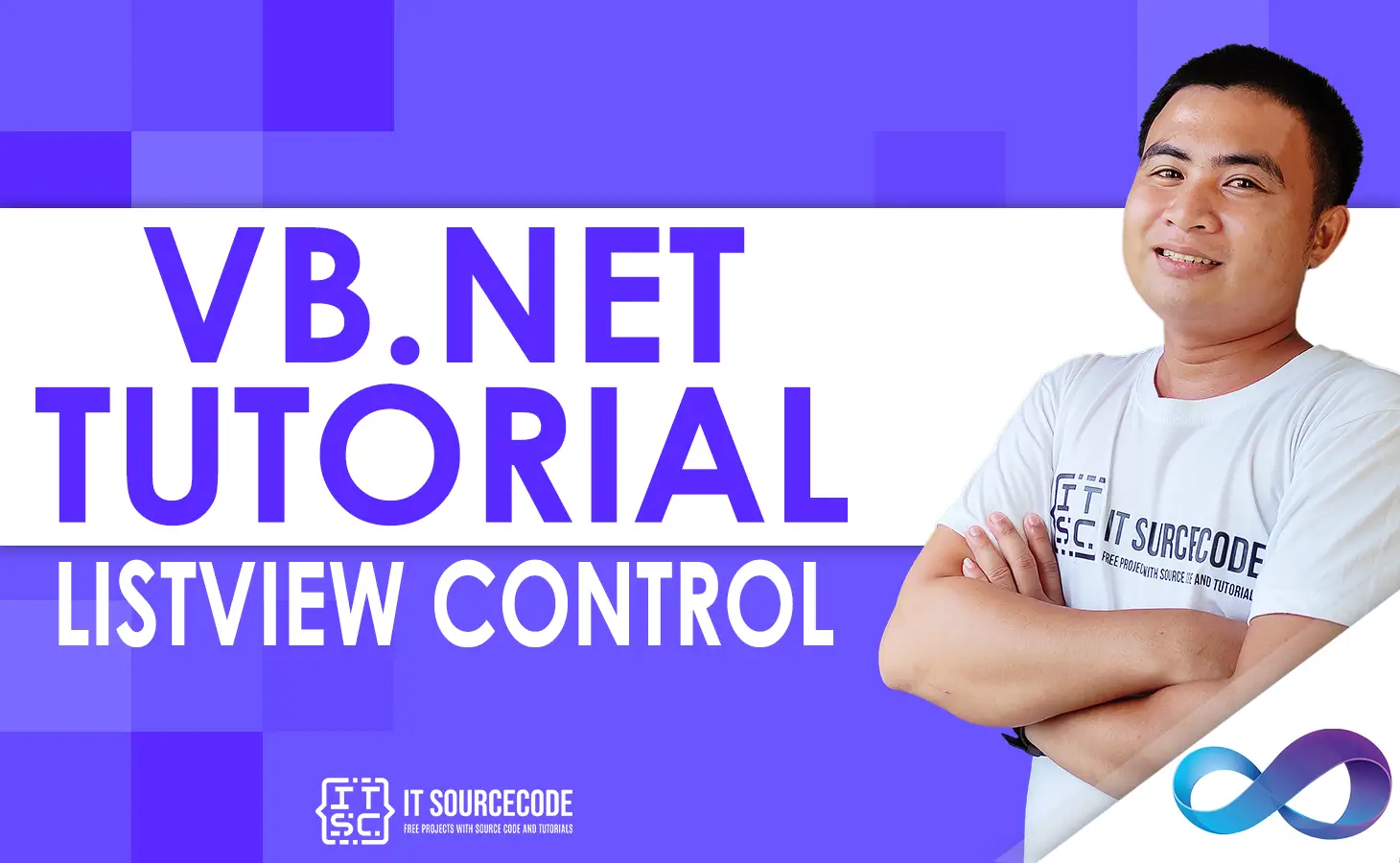
Dialog Boxes in VB.net – Color, Font, OpenFile and Print
Dialog Boxes in VB.net is a temporary window for an application that lets you open or save a file, get notifications, alert messages, change the color, print, open a file, etc., by using the mouse or the keyboard.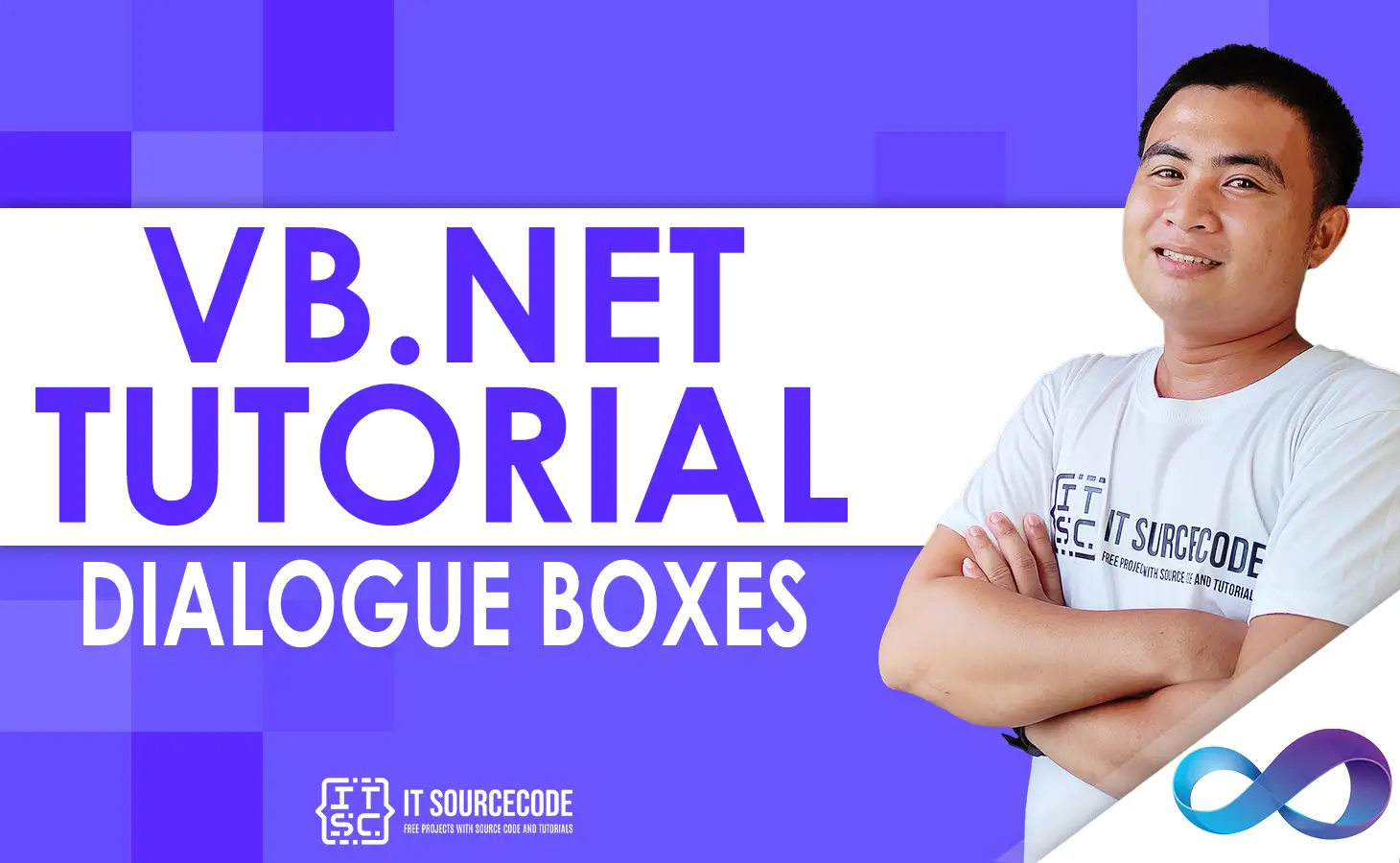
Color Dialog Box in VB.net – Properties, Methods and Events
The Color Dialog Box in VB.net is used to show the Color Dialog Box and let the Microsoft Windows Application user choose colors.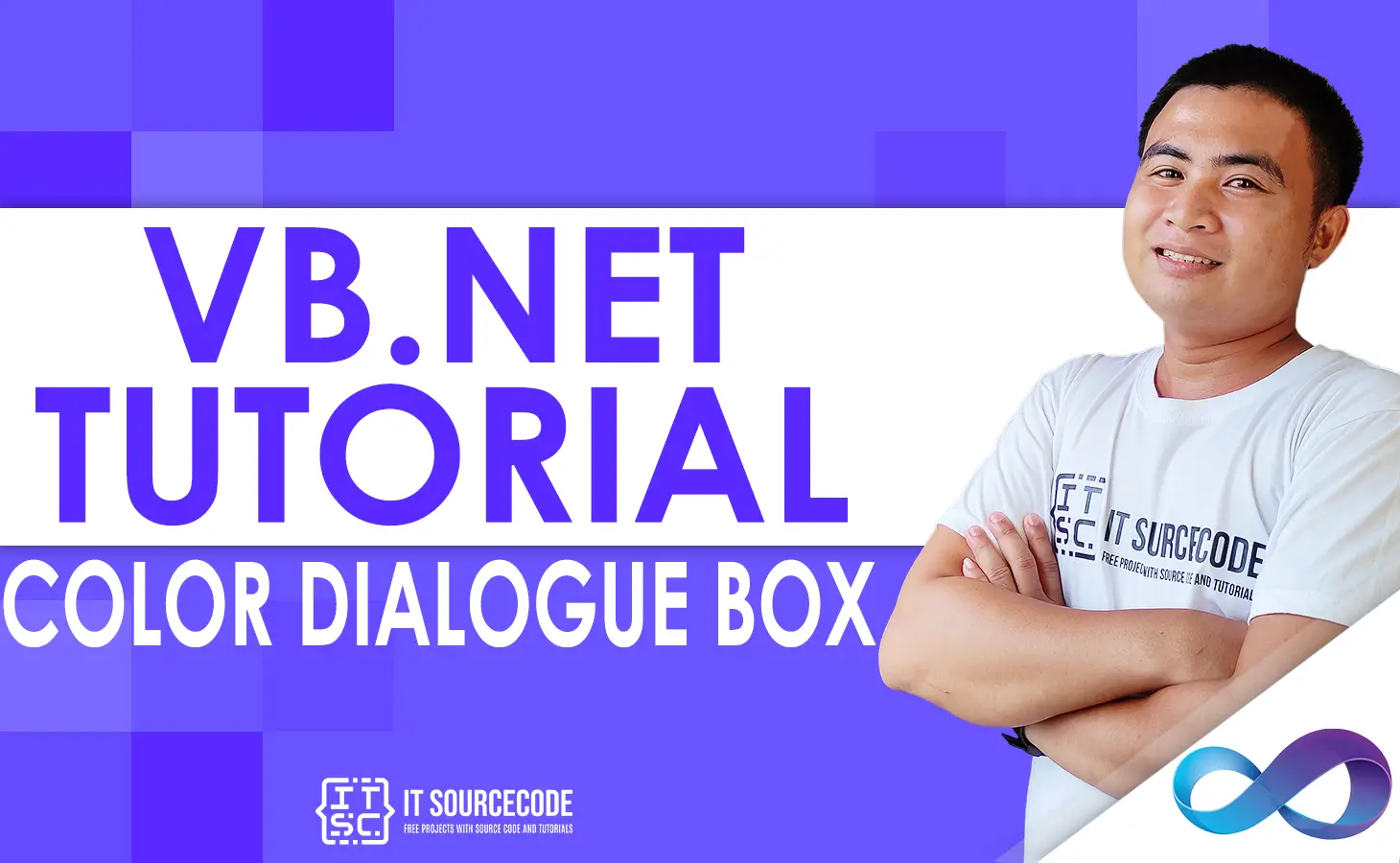
Font Dialog Box in VB.net – Properties, Methods and Events
The Font Dialog Box in VB.net lets the user choose the font family, style, and size for the text in an application.
A user can also choose the color of the font and apply the current setting to the text of the control that is selected by clicking the Apply button.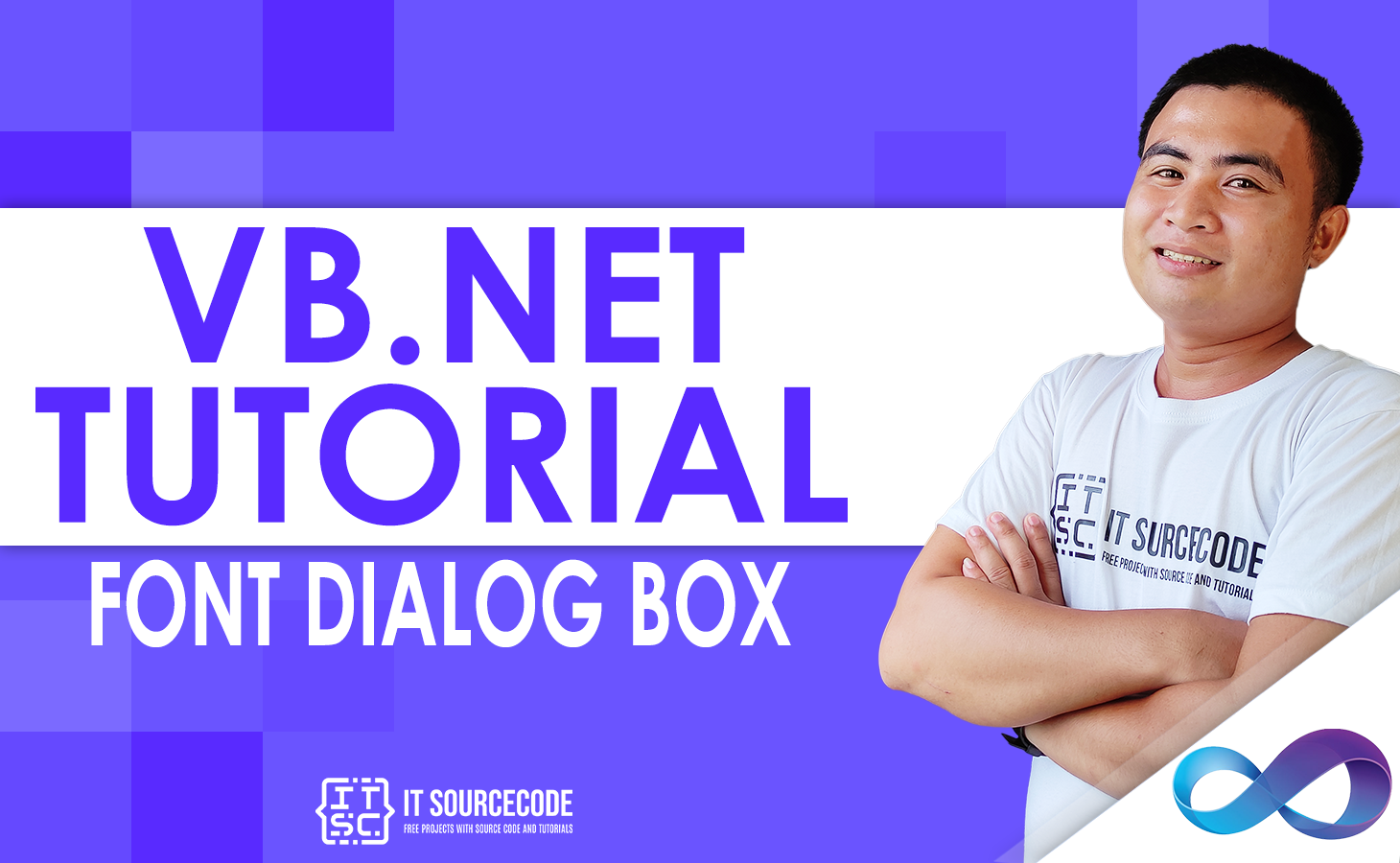
OpenFile Dialog Box in VB.net – Properties and Methods
The OpenFile Dialog Box in VB.net asks the user if they want to open a file and lets them choose which file to open.
The user can open the file after checking to see if it exists.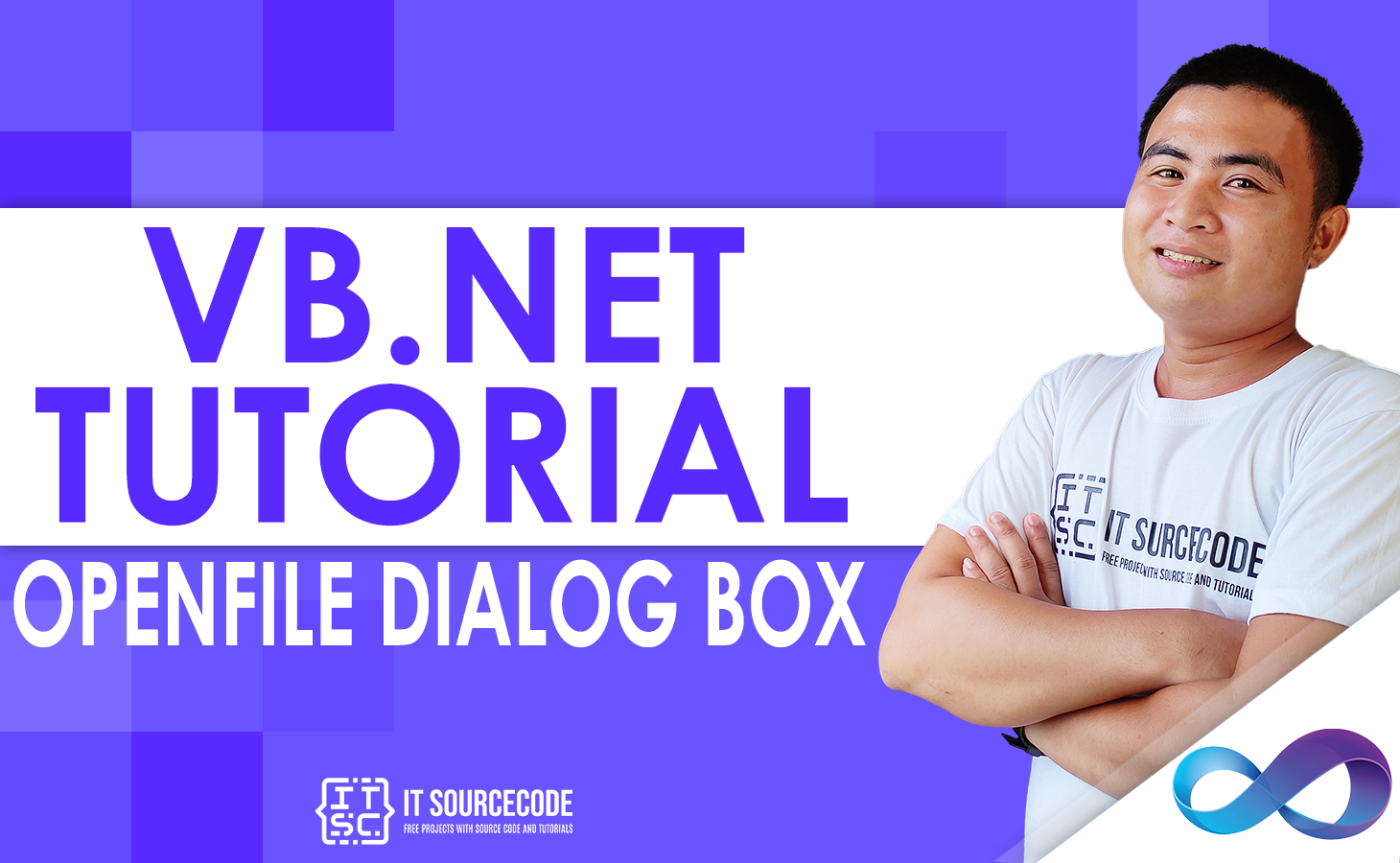
Print Dialog Box in VB.net – Properties, Methods, and Events
This article is used to show the Print Dialog box in VB.net in an application.
It is an important dialog control that lets the user choose sections of a document and then choose a printer to print pages from a Windows Forms application.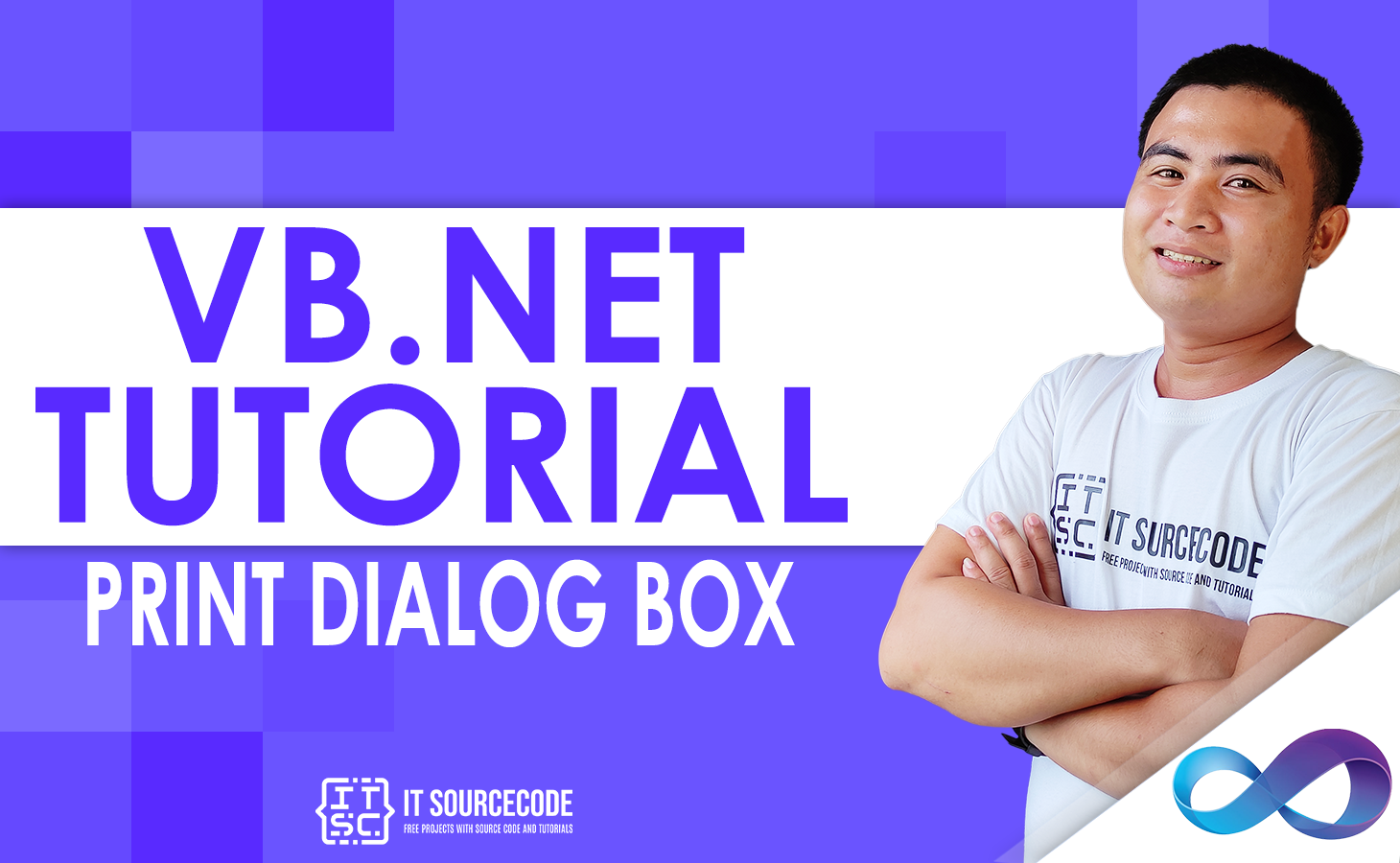
Regular Expression in VB.net with Examples (RegEx Class)
A Regular expression in VB.net is a set of rules that can be used to match a piece of text.
The .Net framework has an engine for regular expressions that makes this kind of matching possible.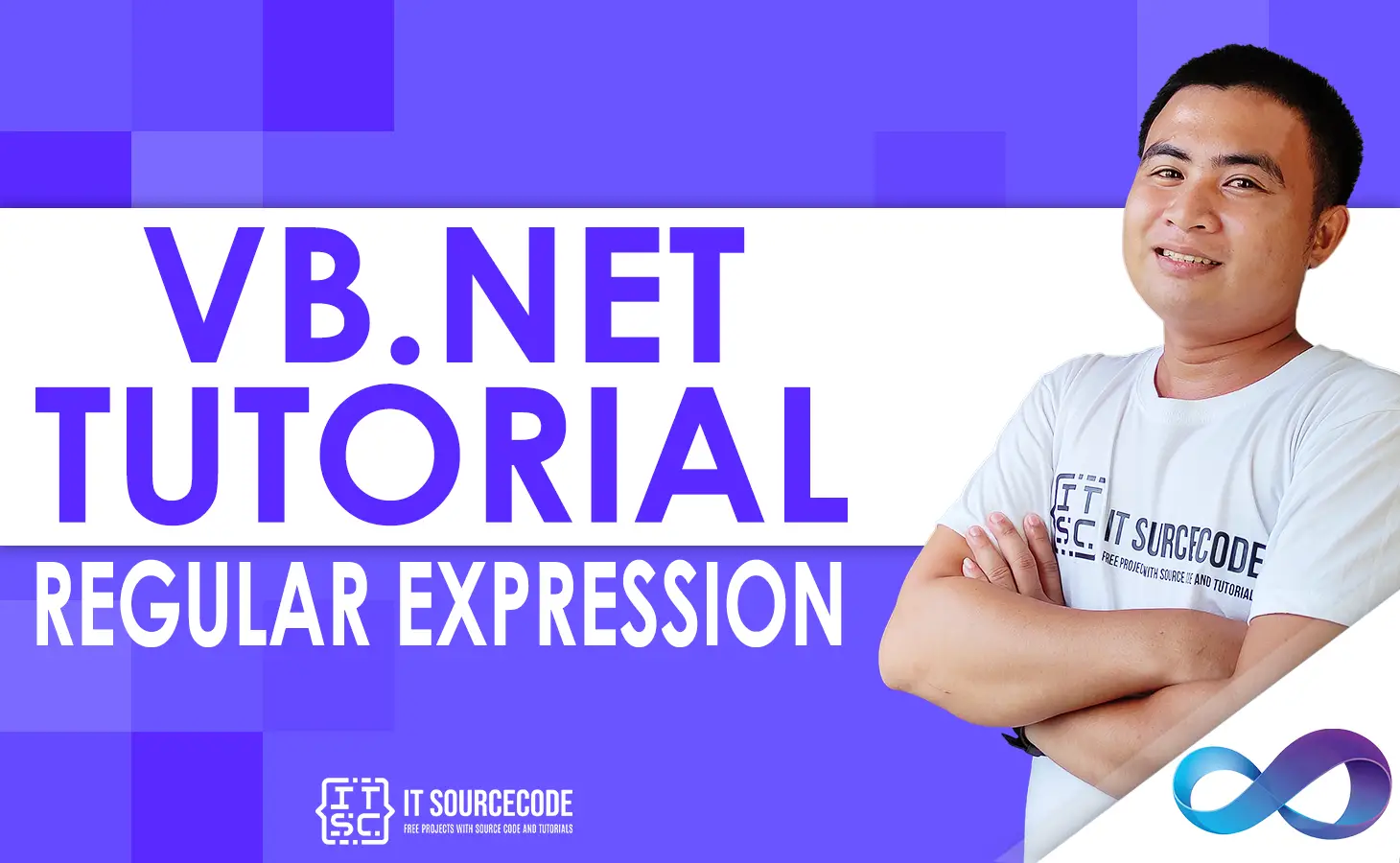
How to Connect Access Database in VB.Net
Applications talk to a database in two ways: first, to get the data stored there and show it in a way that’s easy to understand, and second, to update the database by adding, Updating, or removing data.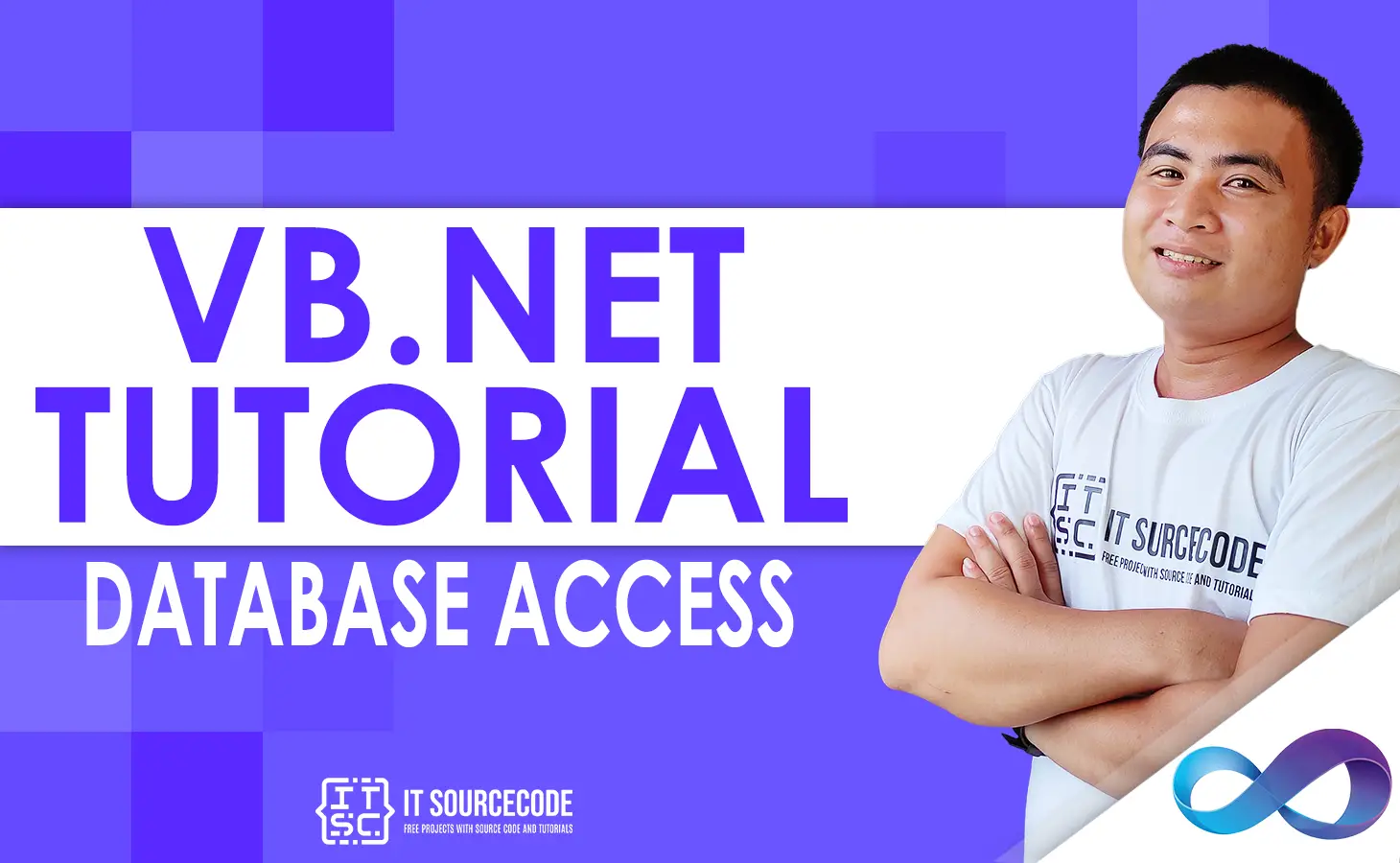
Excel Sheet in VB.net – How to Create an Excel File Using VB.net
Excel Sheet in VB.net – VB.net makes it possible for the COM object model of Microsoft Excel 2010 to work with your application.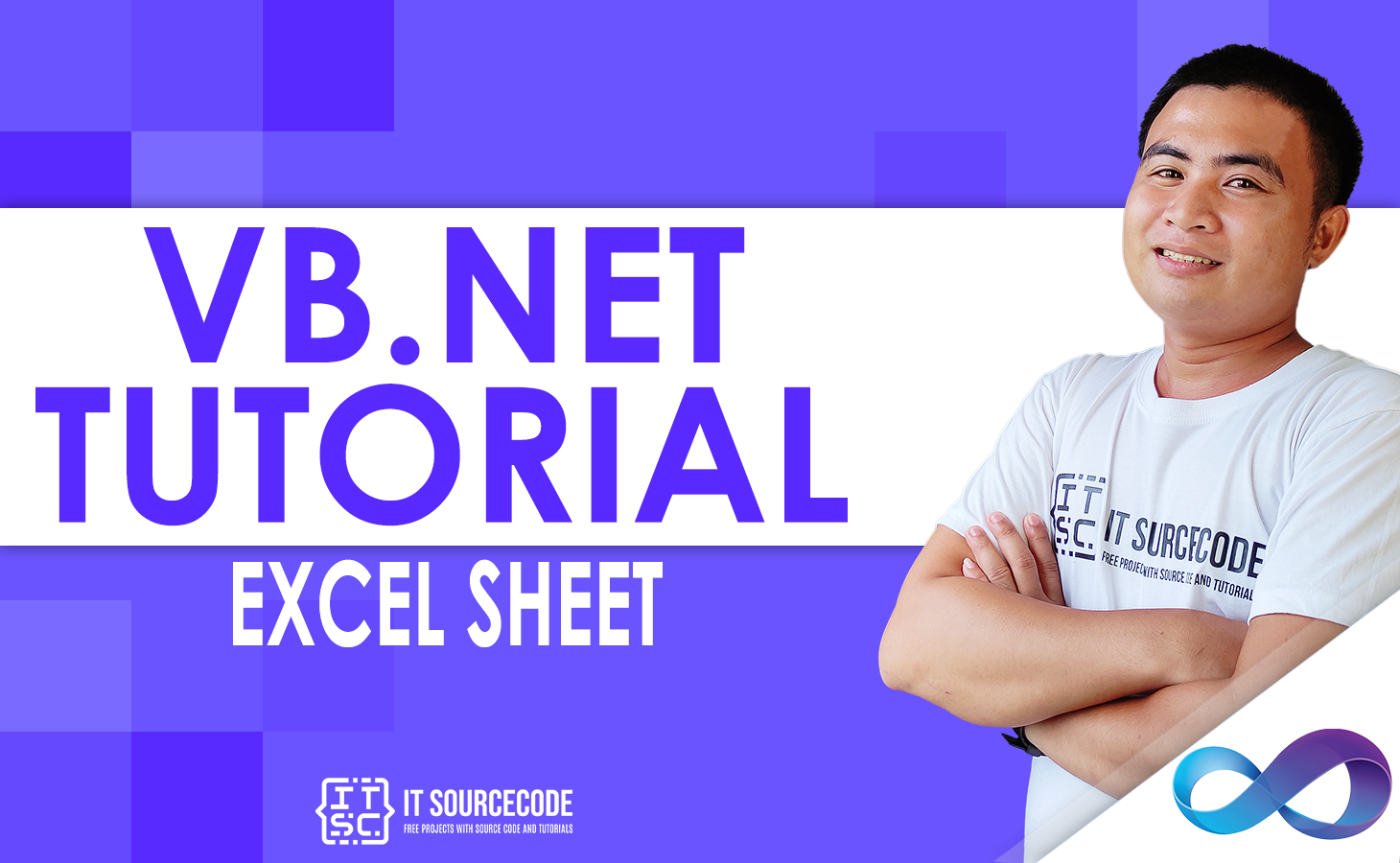
Trending Technologist
Technology today is changing quickly, which makes change and progress happen faster and speeds up the rate of change.
But technology trends and new technologies aren’t the only things that are changing.
This year, a lot more has changed because of the COVID-19 virus, which made IT professionals realize that their role will change in a contactless world.
An IT worker in 2022-223 will always be learning, forgetting, and learning again (out of necessity if not desire).
List of Trending Technology
Listed below are the top new technology trends according to SimpliLearn.
- Artificial Intelligence and Machine Learning
- Robotic Process Automation (RPA)
- Edge Computing
- Quantum Computing
- Virtual Reality and Augmented Reality
- Blockchain
- Internet of Things (IoT)
- 5G
- Cyber Security
Prerequisite
VB.net programming is heavily influenced by BASIC and Visual Basic programming languages, therefore if you have a basic understanding of these languages, learning VB.net programming will be a breeze.
History of VB.net
Microsoft built VB.NET on the.NET framework. It is a programming language with more than one way to do things. It replaced the Visual Basic language when it came out in 2002.
This was the first version of VB.NET (VB.NET 7.0), and it used.NET version 1.0. The second version of VB.NET, called VB.NET 7.1, came out in 2003.
This one used the version 1.1 of.NET. This version had a number of improvements, such as the ability to use the.NET Compact Framework and a more reliable and faster.NET IDE.
VB.NET 2003 was also added to the academic version of Visual Studio.NET, which was given away for free to many scholars from different countries.
VB.NET 8.0 came out in the year 2005. The.NET core part of its name was taken out to make it different from the old Visual Basic language.
Visual Basic 2005 was the name of this one. Microsoft made sure this version had a lot of features because they wanted this language to be used by people who make apps quickly.
Also, they wanted it to be different from C#. This version of VB.NET added partial classes, generics, nullable types, operator overloading, and the ability to work with unsigned integers.
With this version, the IsNot operator was also added. VB 9.0 was released in 2008.
This came out at the same time as.NET 3.5. In this version of VB.NET, features like anonymous types, the true conditional operator, LINQ support, XML literals, Lambda expressions, extension methods, and type inference were added.
Microsoft came out with VB 2010 in 2010. (code 10.0). For this release, they wanted to use a Dynamic Language Runtime, but they decided to use a co-evolution strategy shared by both VB.NET and C# to make these languages more similar.
Together with.NET 4.5, VB 2012 (code 11.0) came out in 2012. It had a call hierarchy, iterators, caller data, “await” and “async” statements for asynchronous programming, and the “Global” keyword in “namespace” statements.
Visual Studio 2015 and VB 2015 (code 14.0) both came out in 2015. The “?” operator was made so that inline null checks could be done. A feature called “string interpolation” was also added to help format strings inline.
Visual Studio 2017 and VB 2017 (code 15.0) both came out in 2017. Someone came up with a better way to organize source code in just one step.
Advantages of VB.net Programming
- The VB.NET executes a program in such a way that runs under CLR (Common Language Runtime), creating a robust, stable, and secure application.
- It is a pure object-oriented programming language based on objects and classes.
However, these features are not available in the previous version of Visual Basic 6. That’s why Microsoft launched VB.NET language. - Using the Visual Studio IDE, you can develop a small program that works faster, with a large desktop and web application.
- The .NET Framework is a software framework that has a large collection of libraries, which helps in developing more robust applications.
- It uses drop and drag elements to create web forms in .NET applications.
- However, a Visual Basic .NET allows to connect one application to another application that created in the same language to run on the .NET framework.
- A VB.NET can automatically structure your code.
- The Visual Basic .NET language is also used to transfer data between different layers of the .NET architecture such that data is passed as simple text strings.
- It uses a new concept of error handling in the Visual Basic .NET Framework. The new structure is the try, catch, and finally method used to handle exceptions as a unit.
In addition, it allows appropriate action to be taken at the place where it encountered an error. In this way, it discourages the use of the ON ERROR GOTO statement in .NET programming.
Disadvantages of VB.net Programming
- The VB.NET programming language is unable to handle pointers directly. Because of this language, it requires a lot of programming, and it is not easy to manage every address by a pointer.
Furthermore, additional coding takes extra CPU cycles, which increases the processing time. It shows the slowness of the VB.NET application. - The VB.NET programming Tutorials are easy to learn, which increases large competition between the programmers to apply for the same employment or project in VB.NET.
Thus, it reduces a secure job in the programming field as a VB.NET developer. - It uses an Intermediate Language (IL) compilation that can be easily decompiled (reverse-engineered), but there is nothing that can prevent an application from disintegrating.
- Just-In-Time (JIT) compiler: It is the process through which a computer can interpret IL (intermediate language) compilation and is also required to run your application.
It means that the target computer needs a JIT compiler to interpret a source program in IL, and this interpretation requires an additional CPU cycle that degrades the performance of an application. - It contains a large collection of libraries for the JIT compiler that helps to interpret an application. These large libraries hold a vast space in our system that takes more computing time.
Summary
A step-by-step instruction for learning Visual Basic programming is provided in this VB.net tutorial for Beginners. Topics like Arrays, Strings, Operators, Switch, Loops, etc. are covered in this free Visual Basic training.
You can learn the fundamentals and more complex ideas of VB.net with the aid of this lesson.

